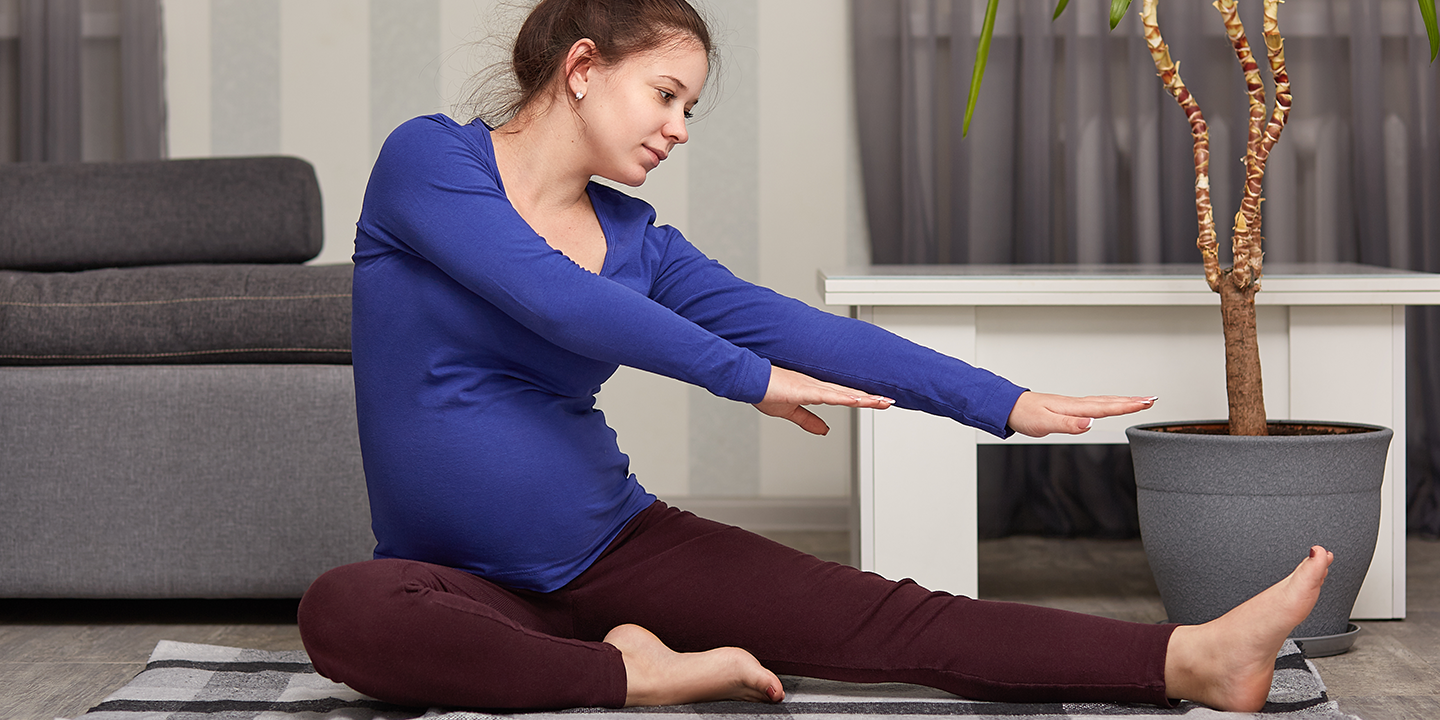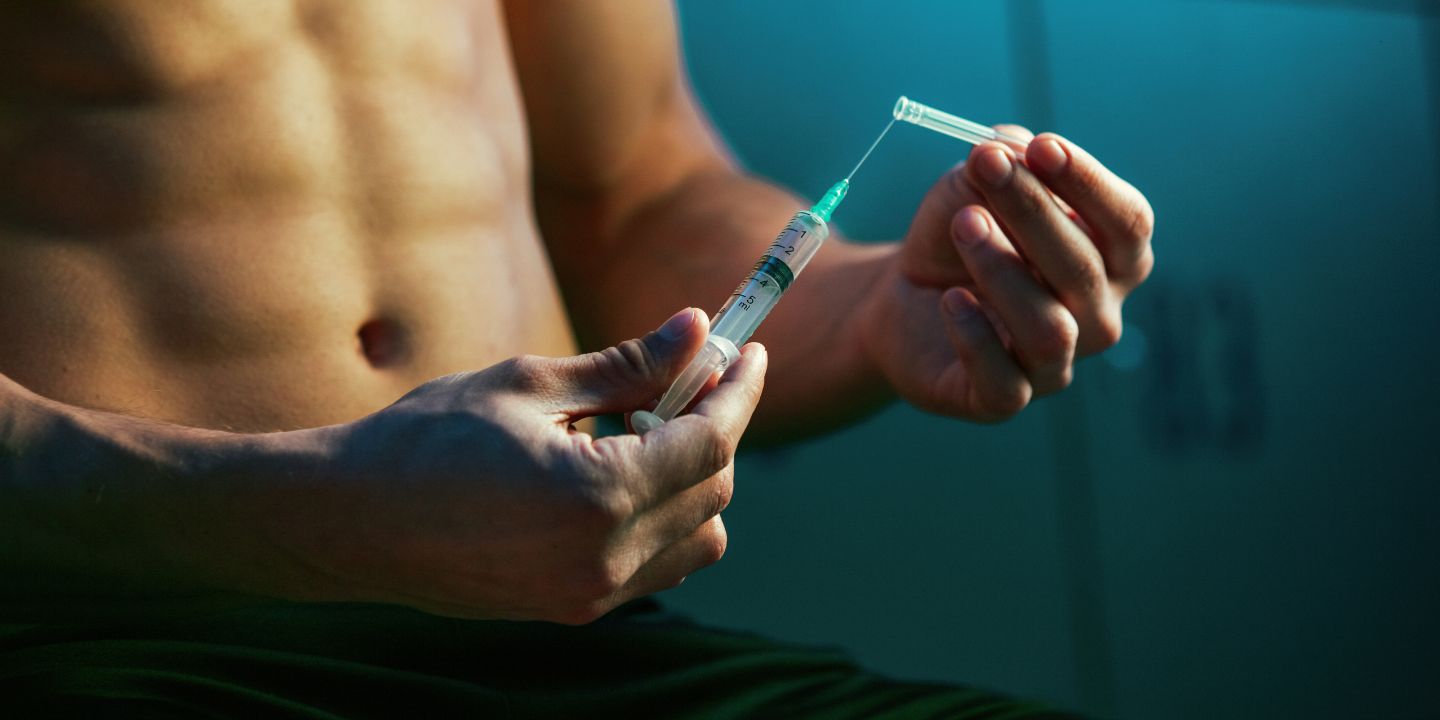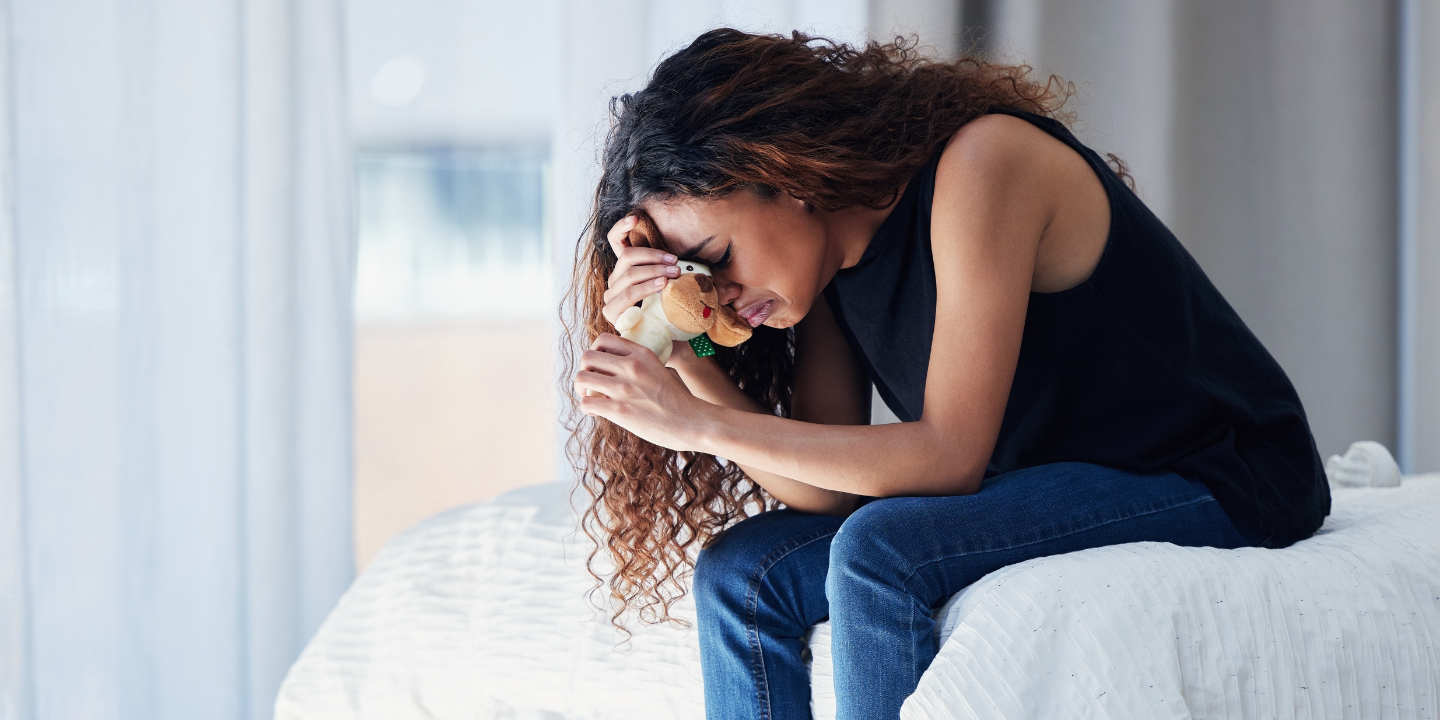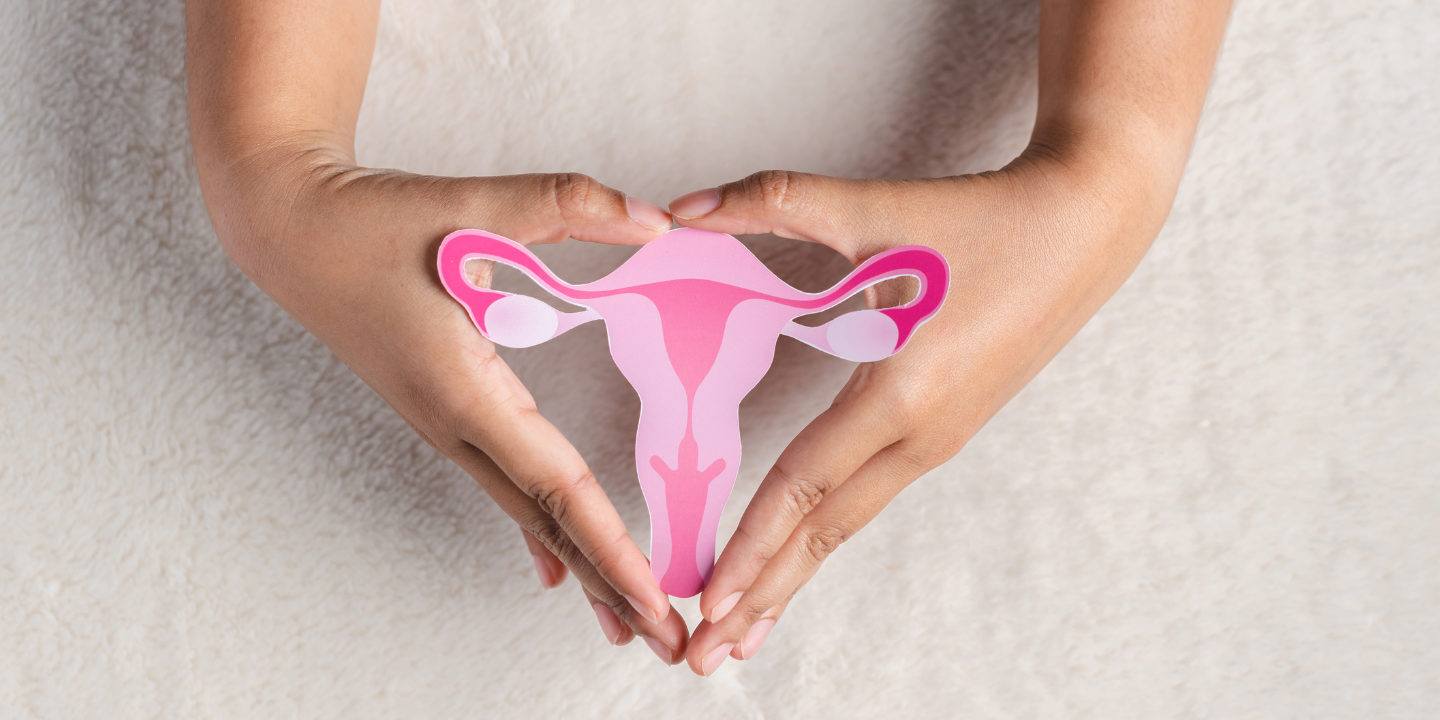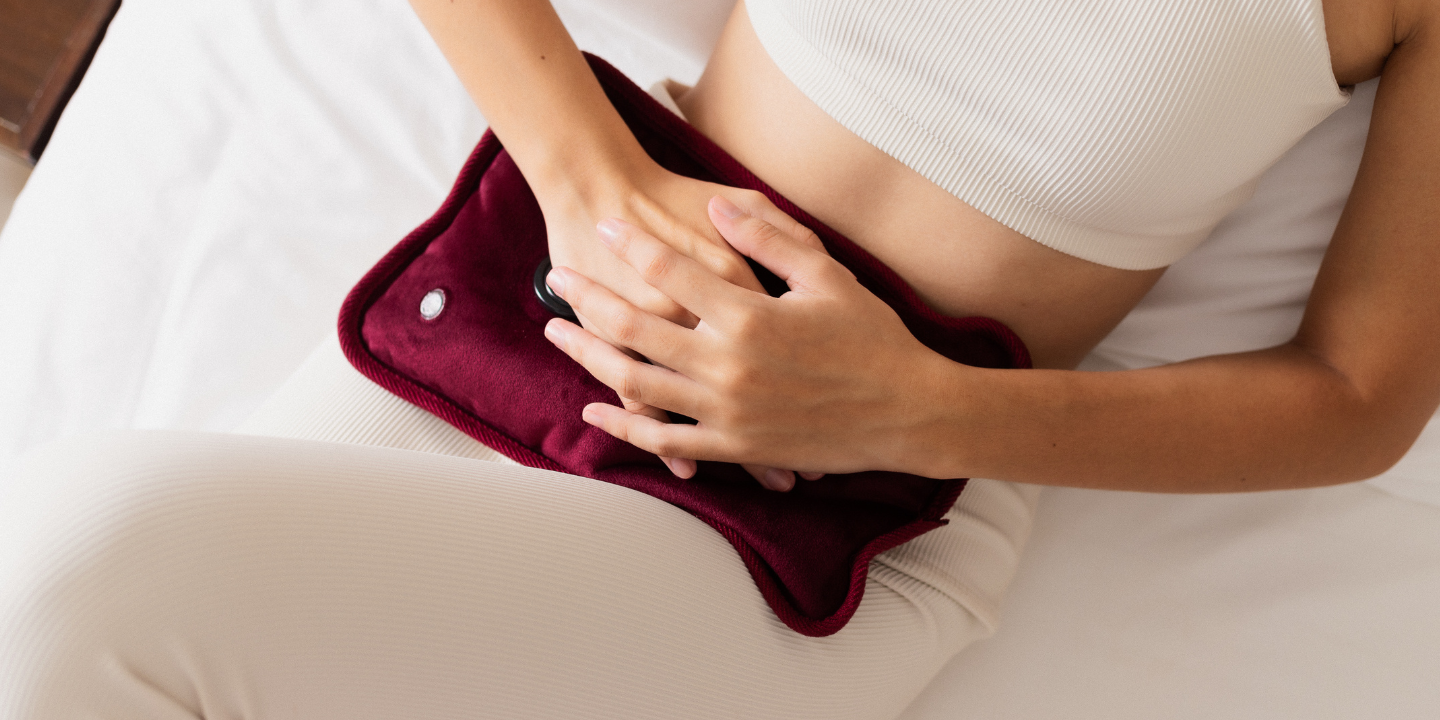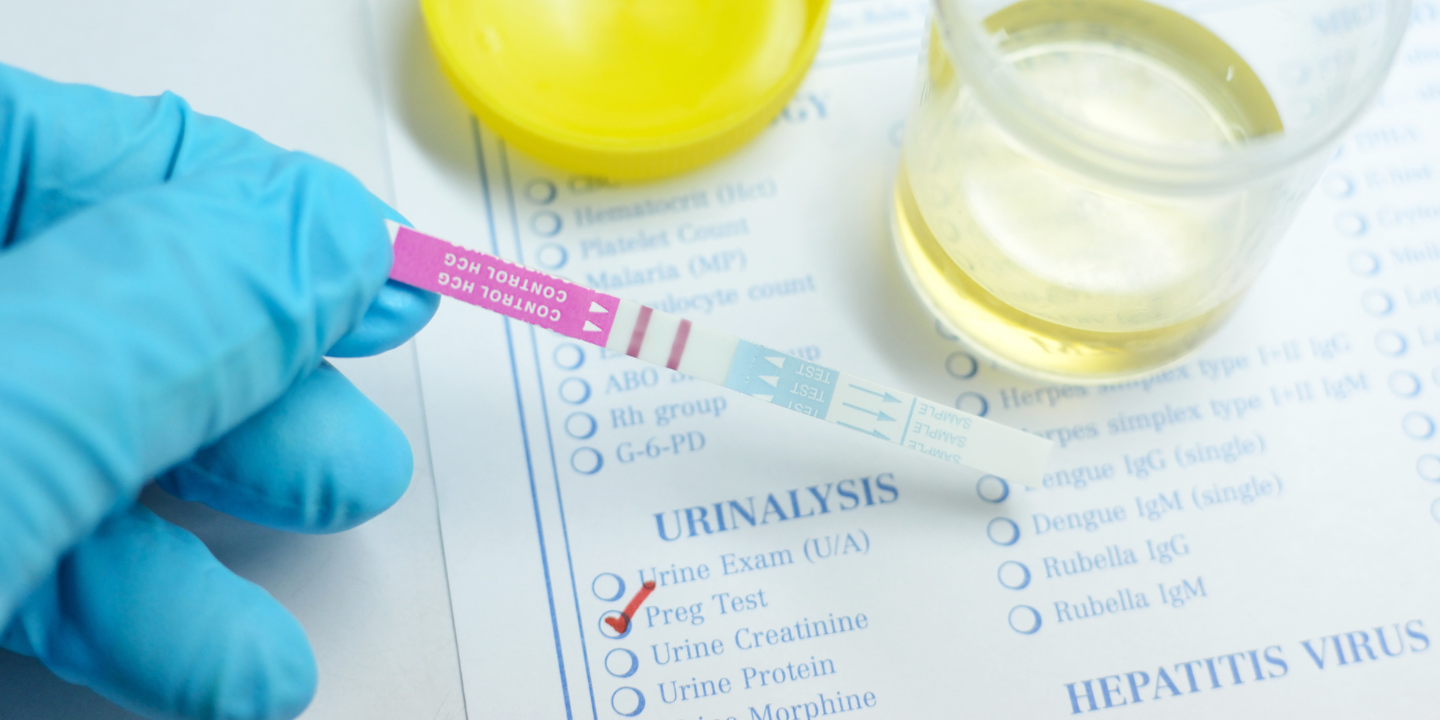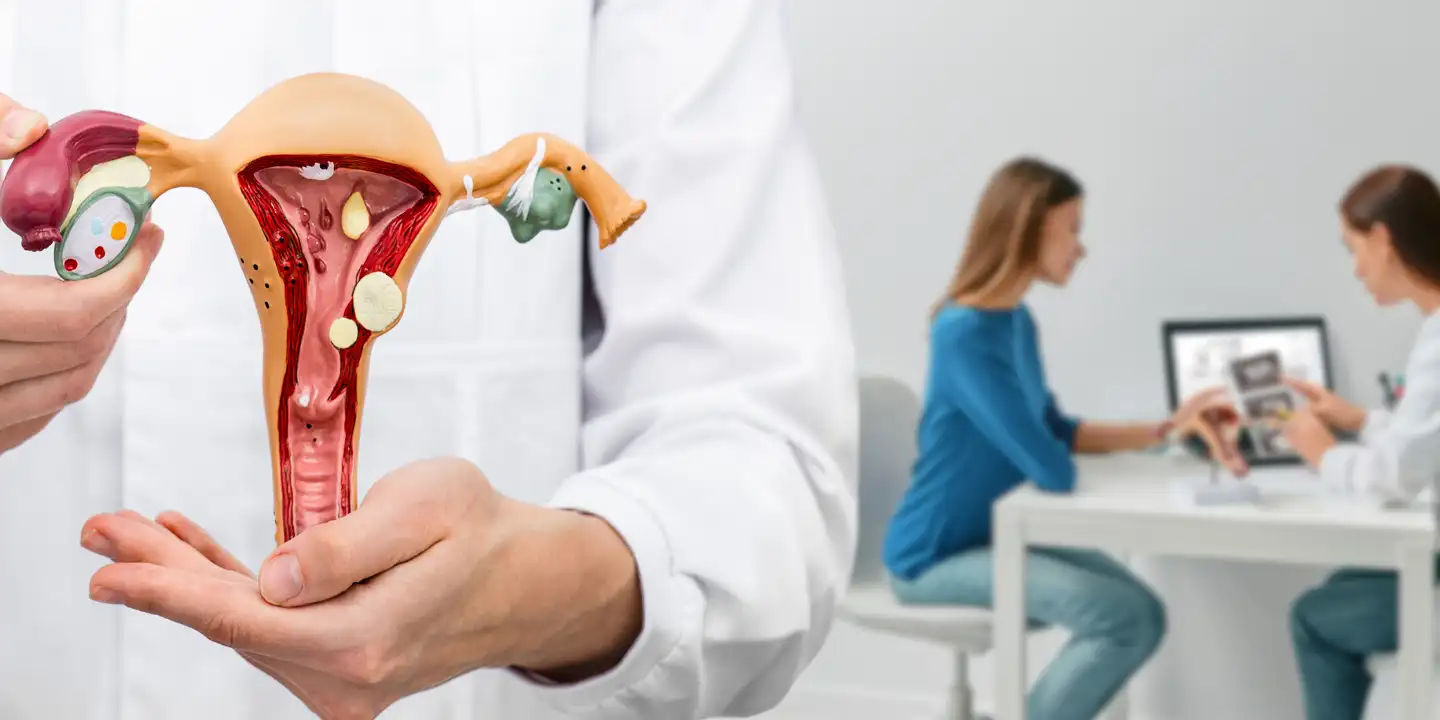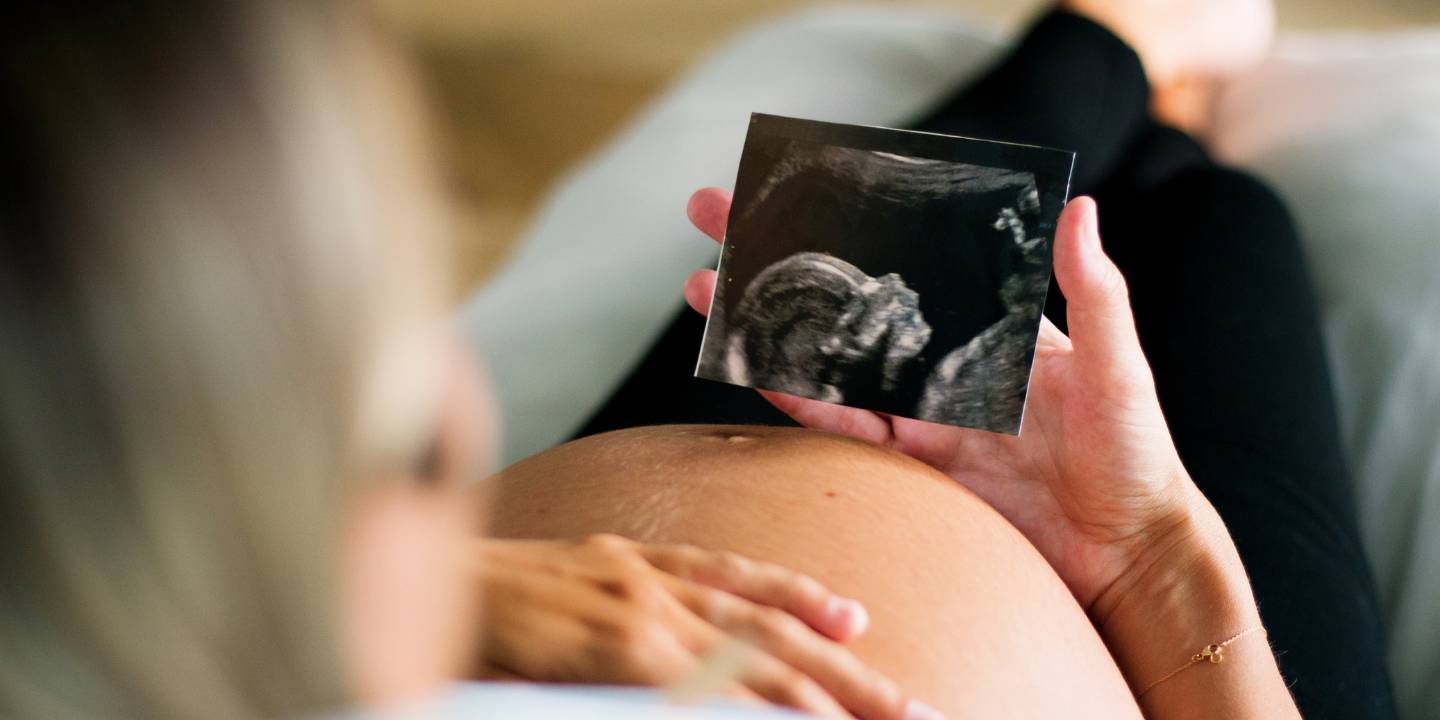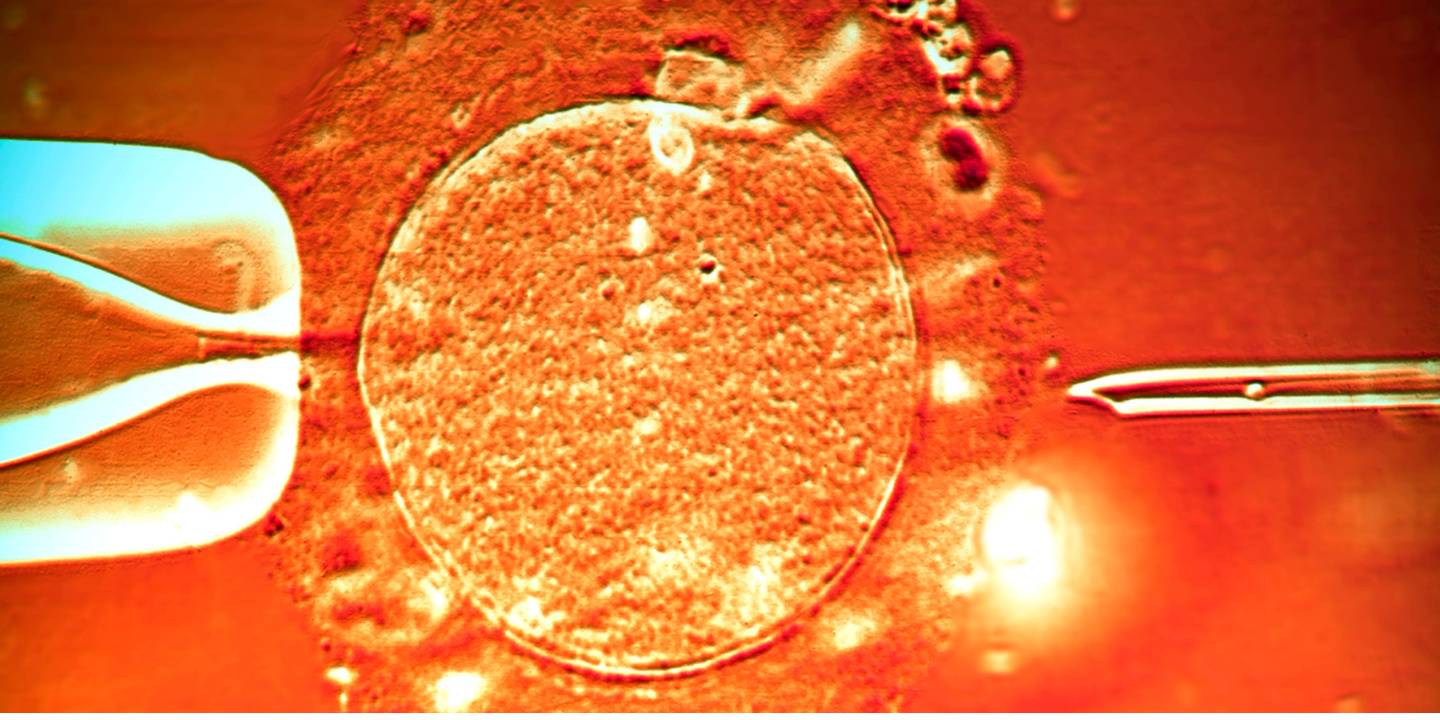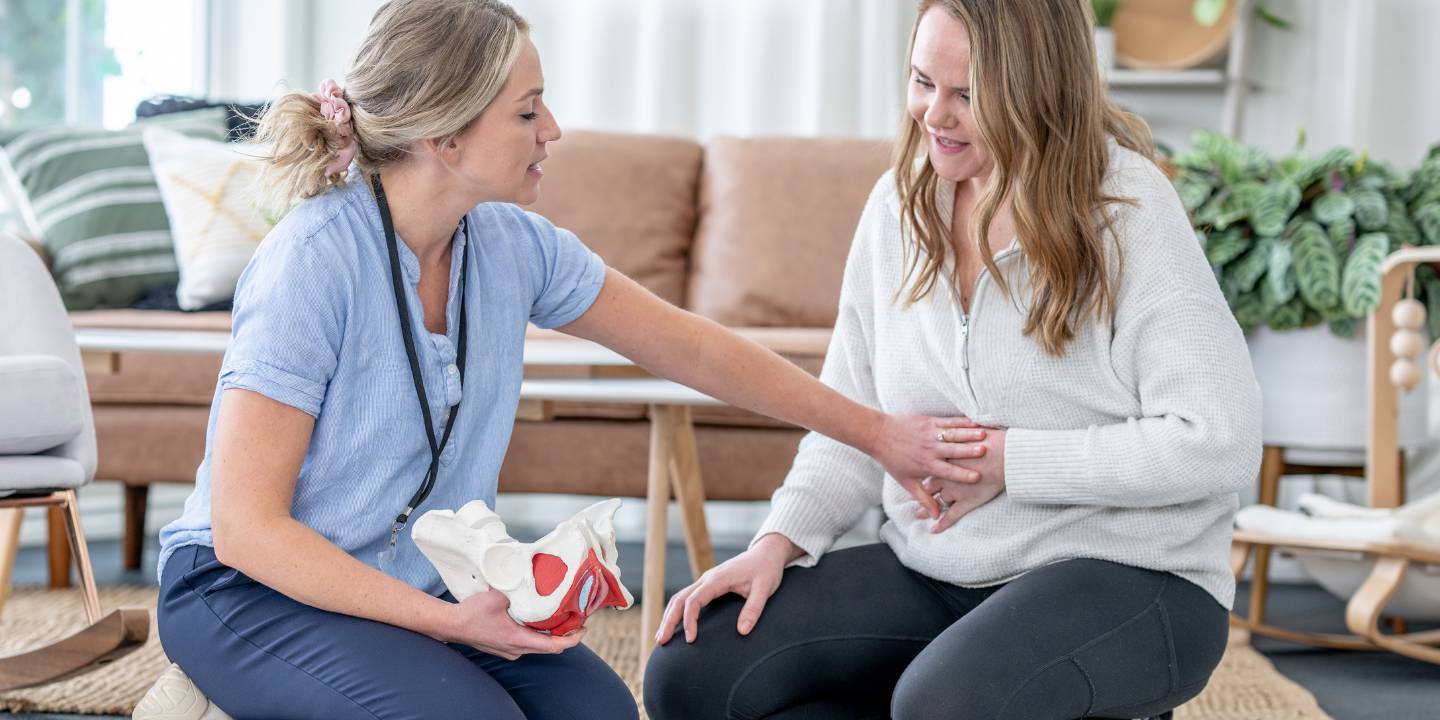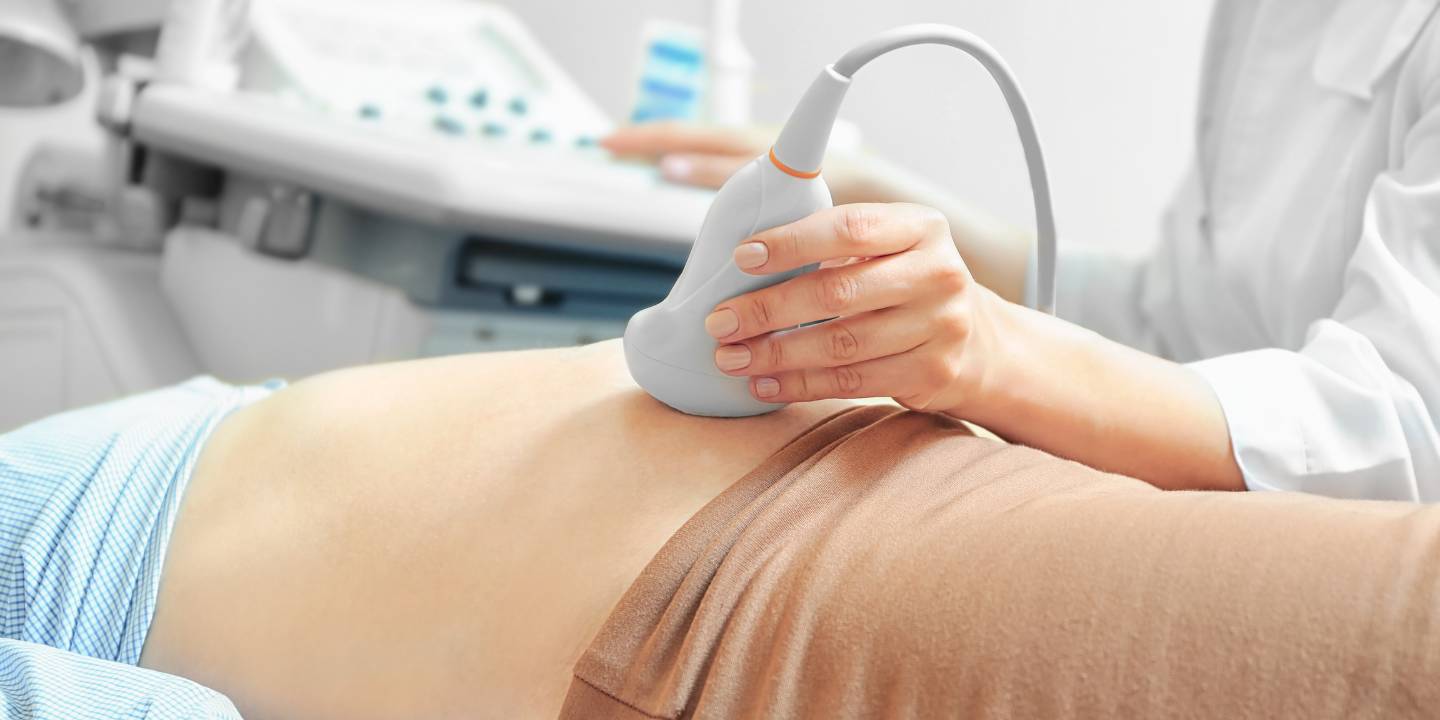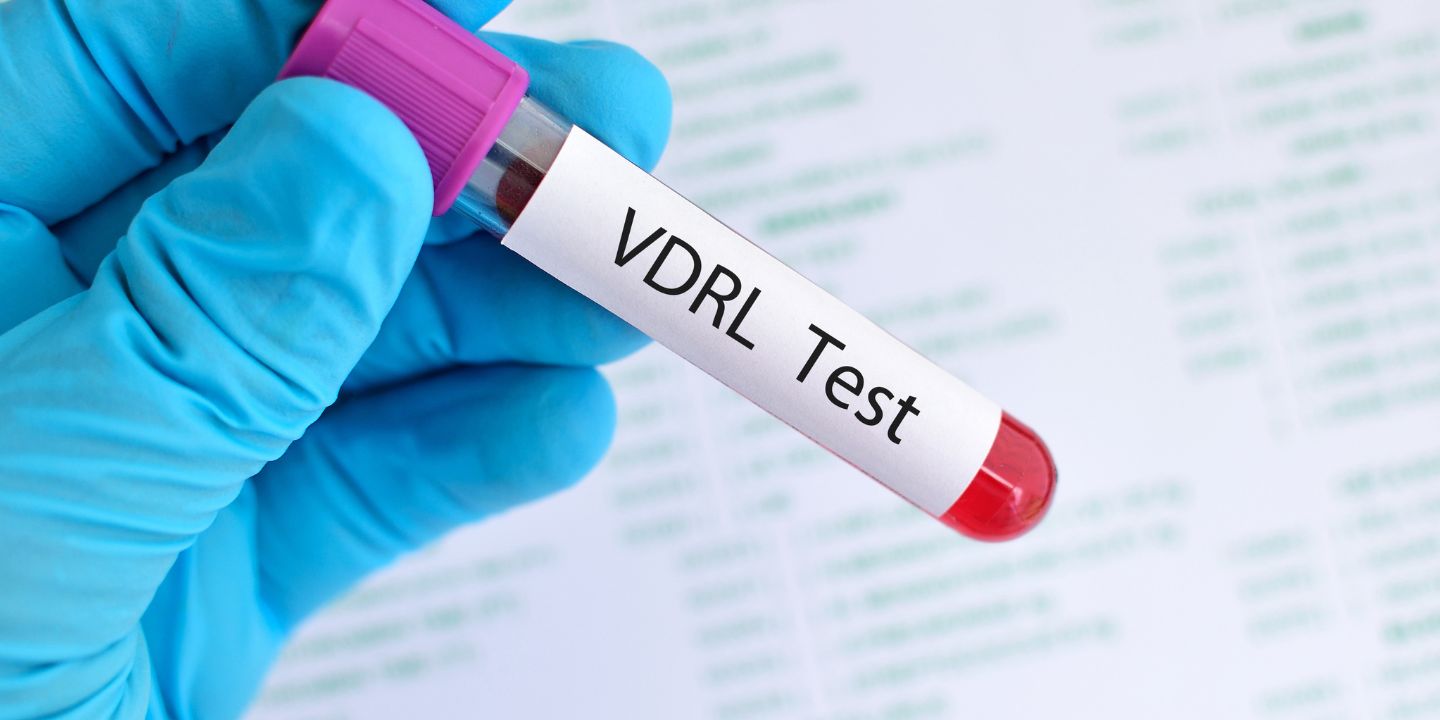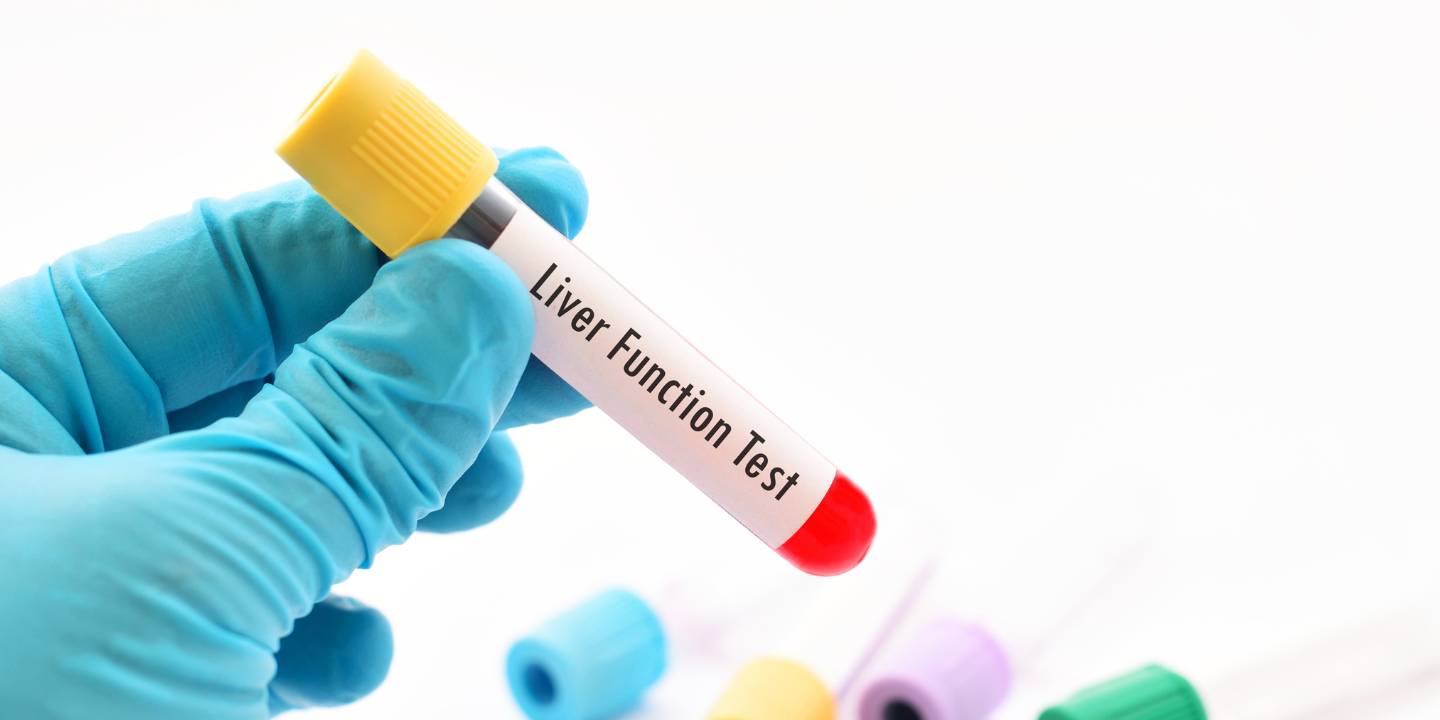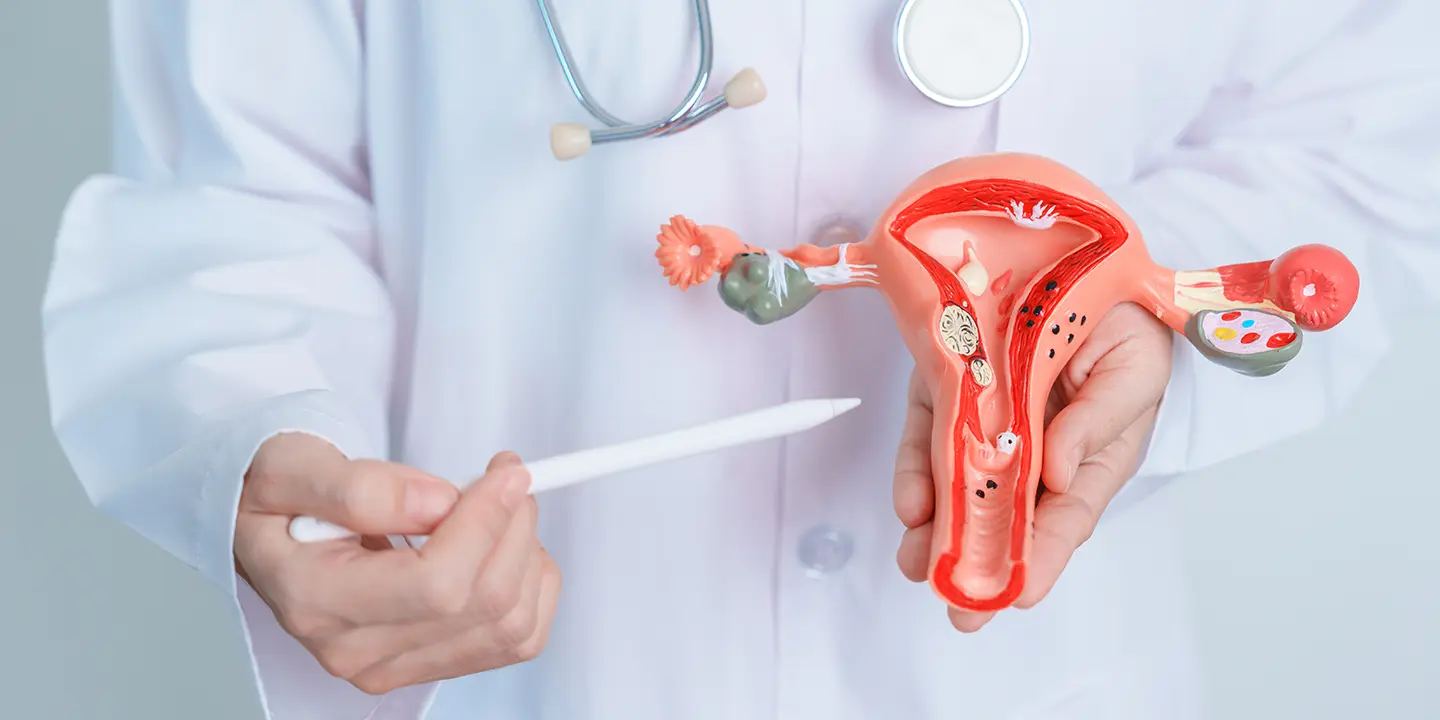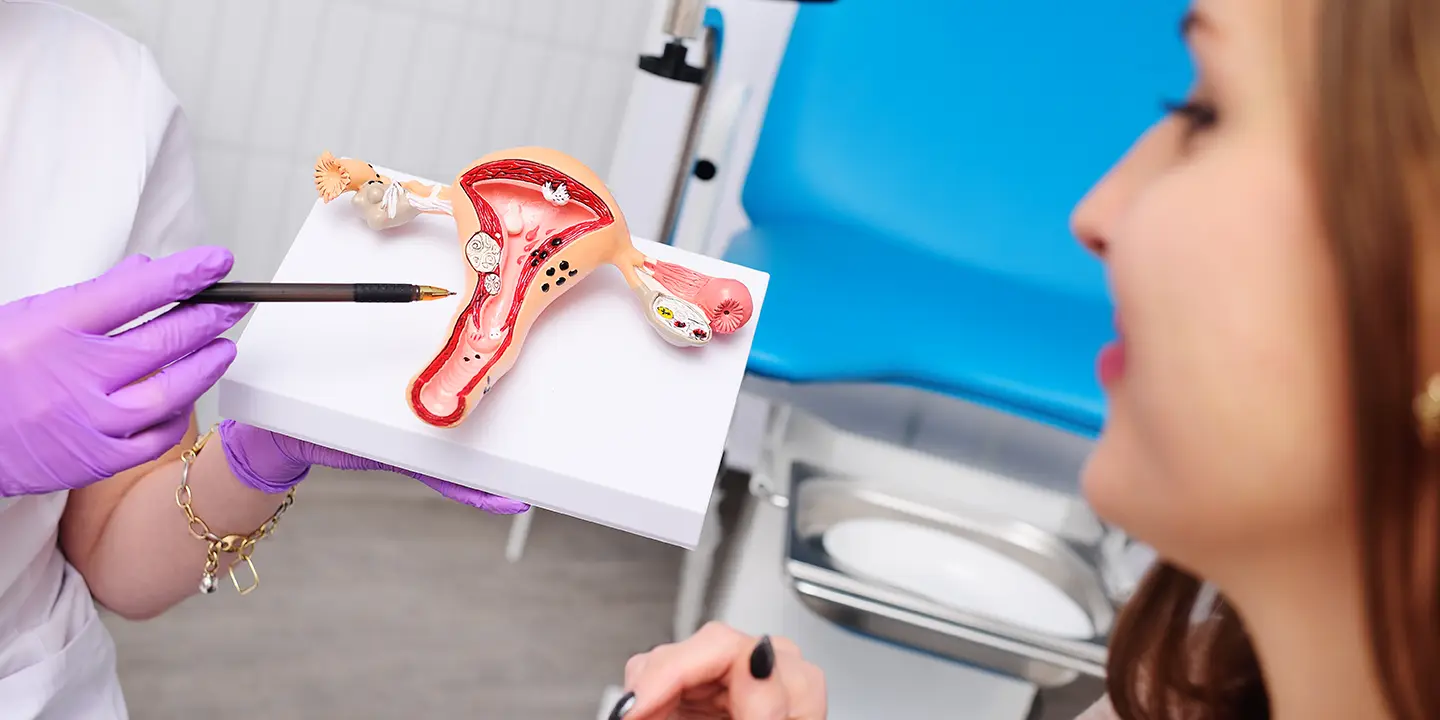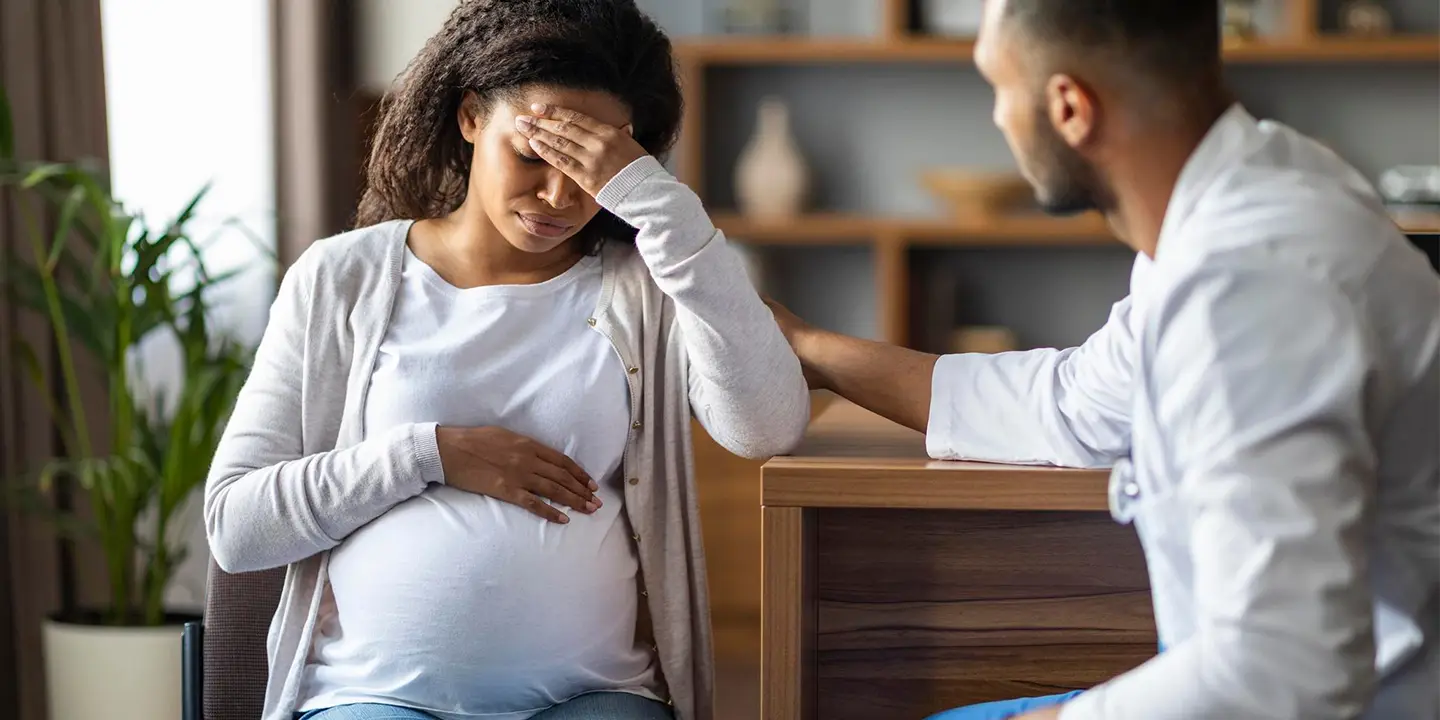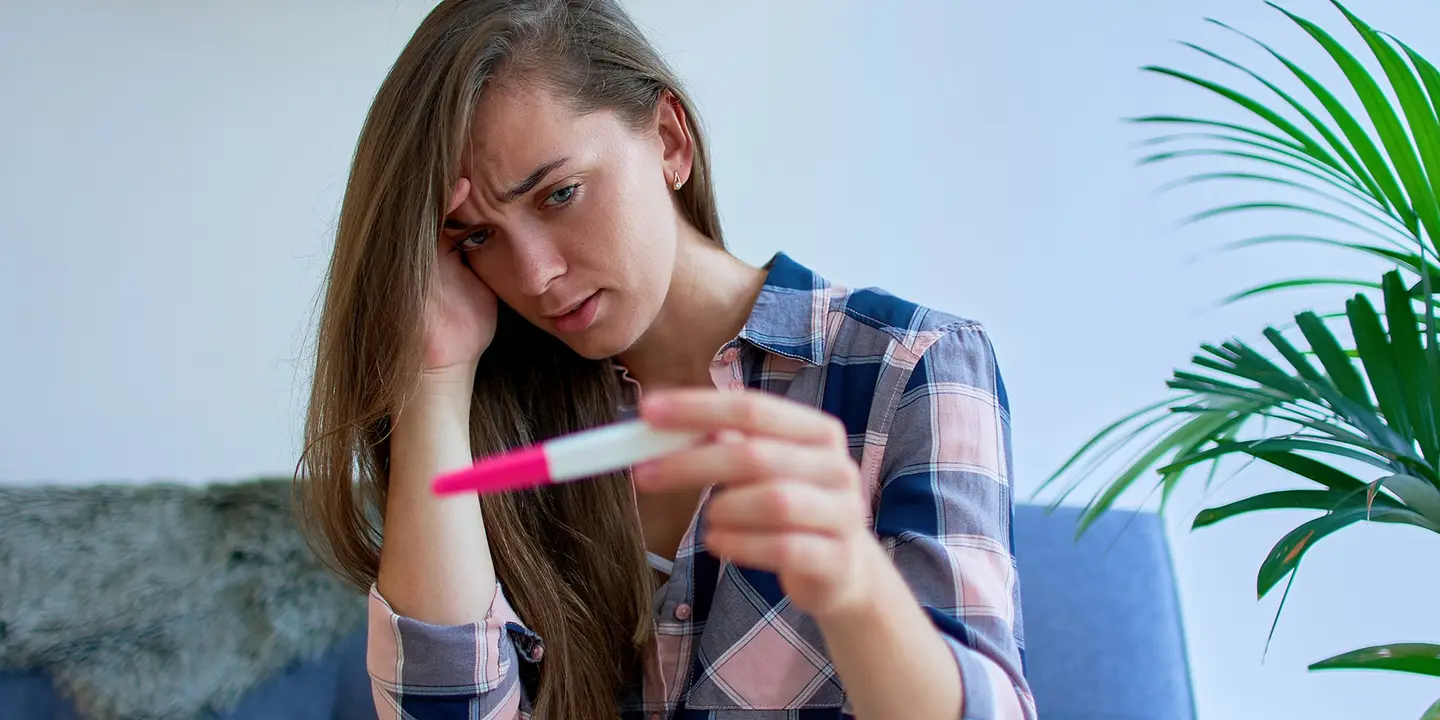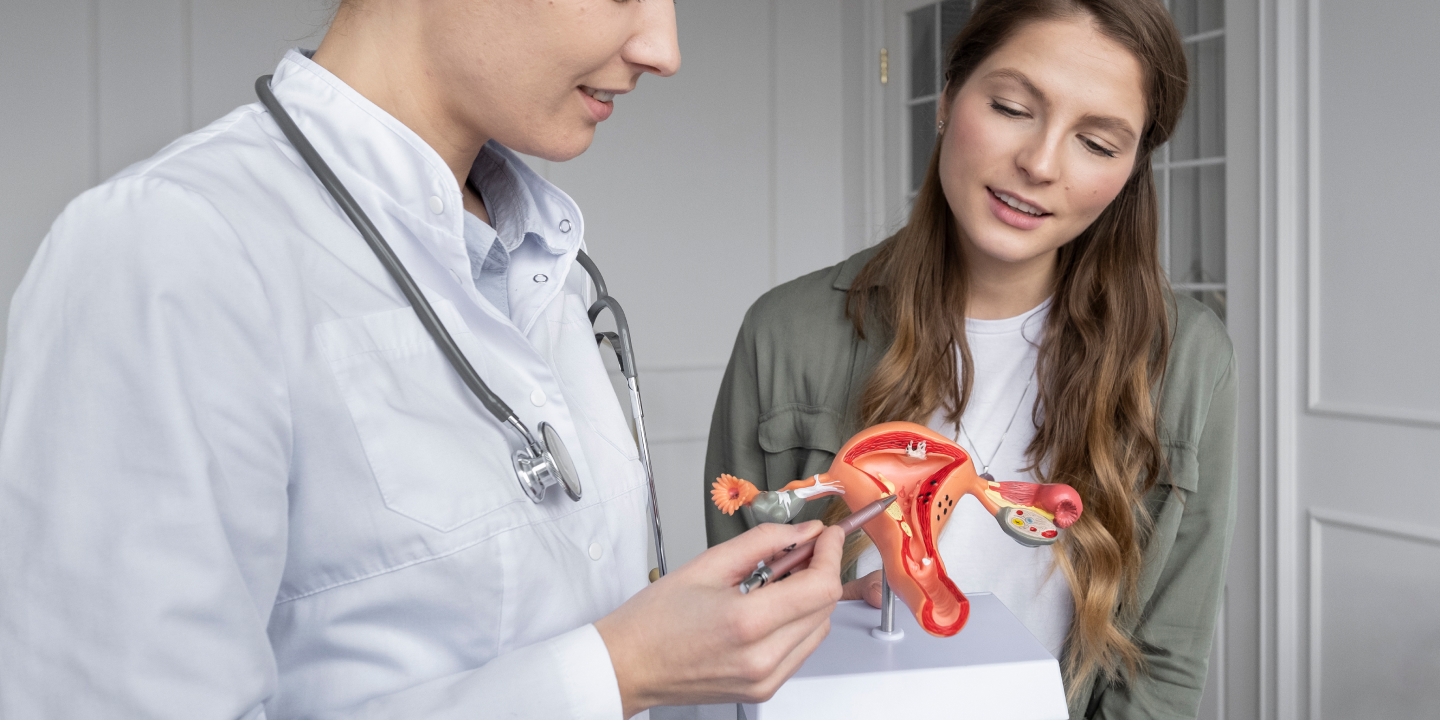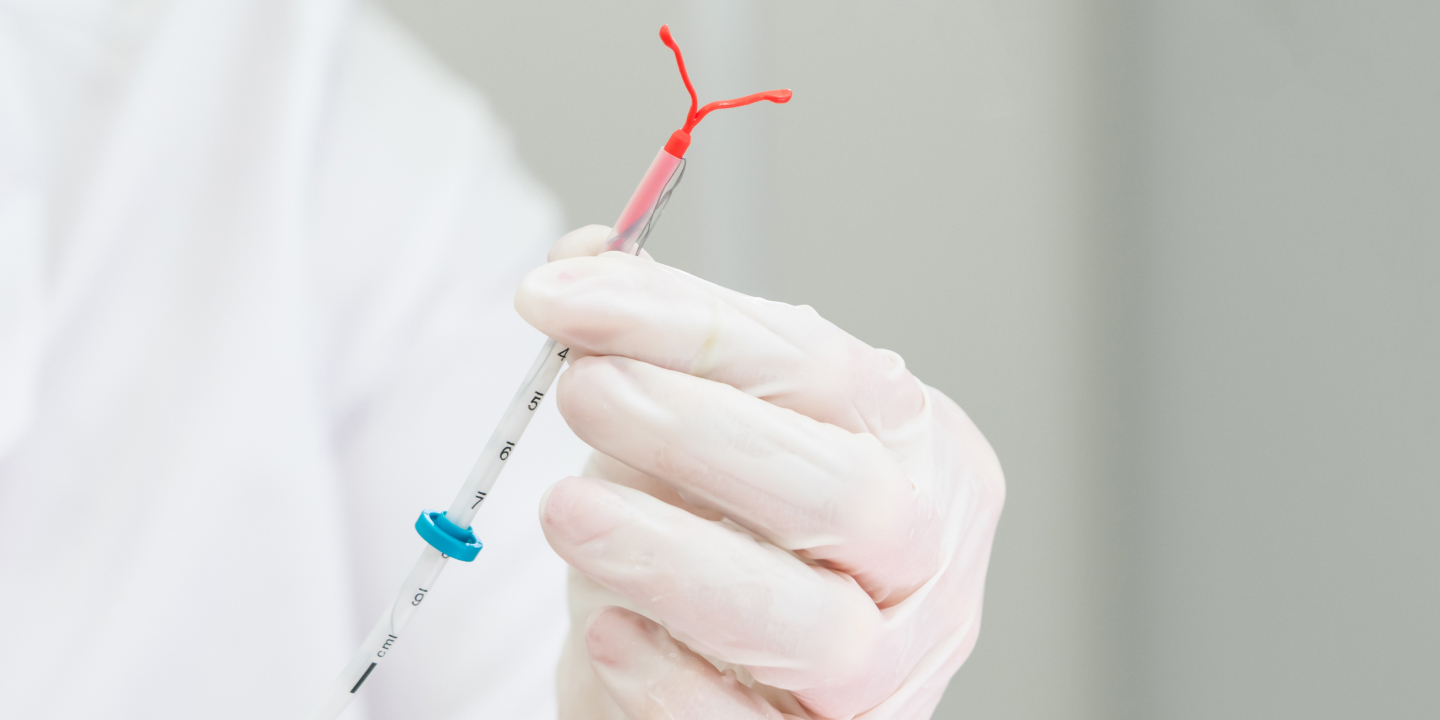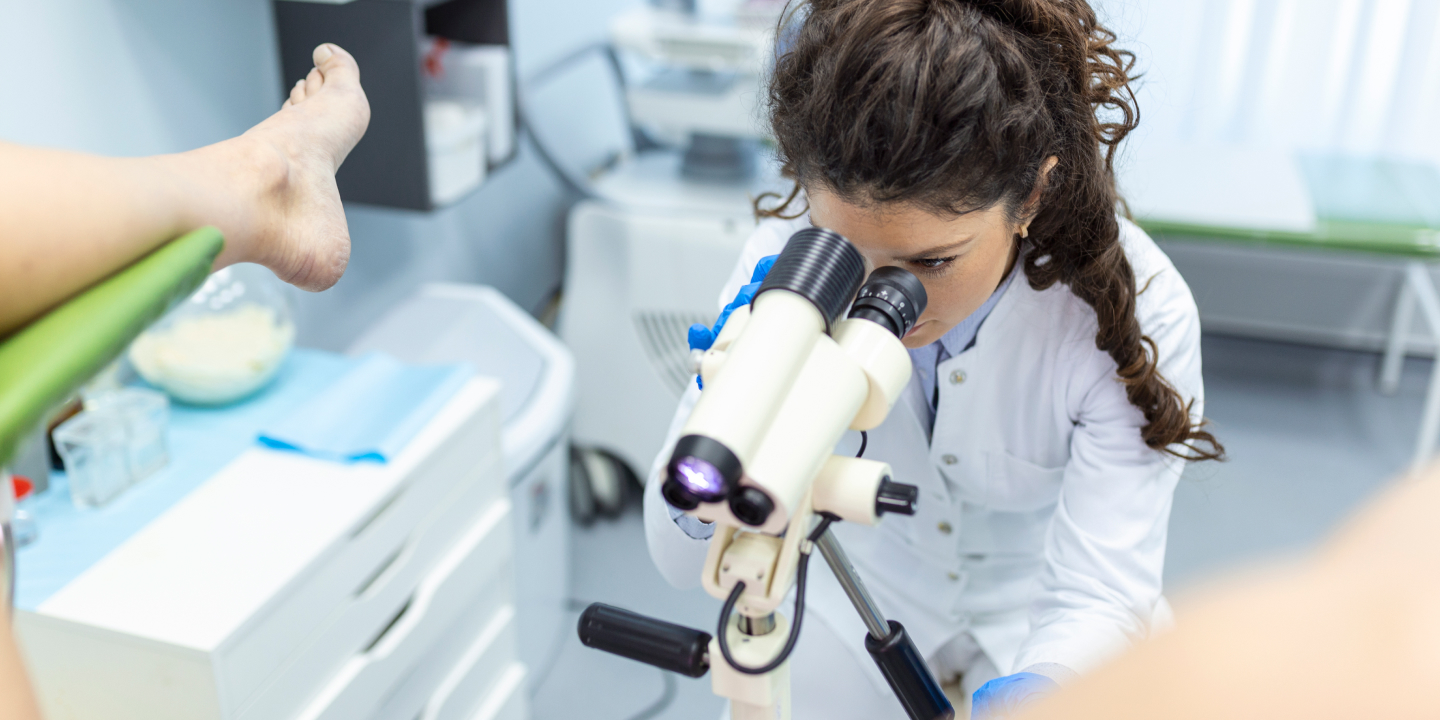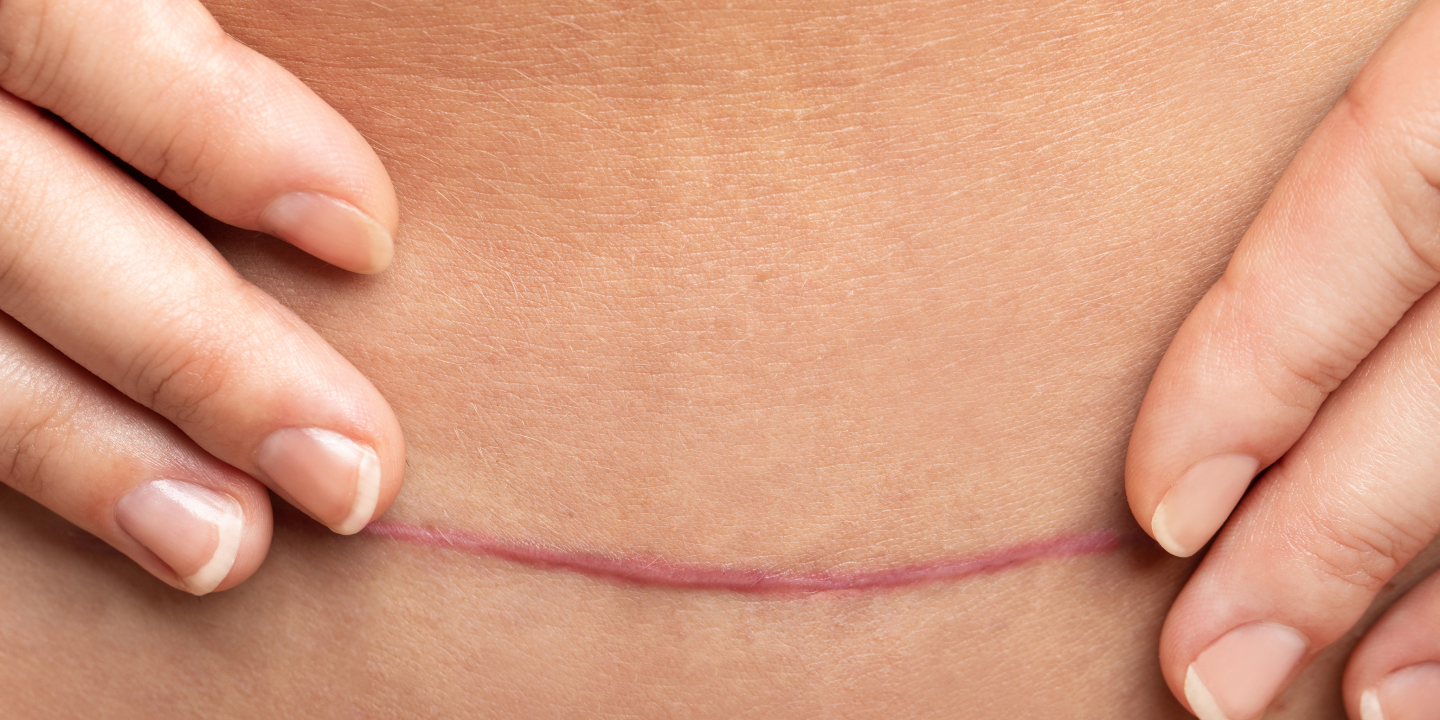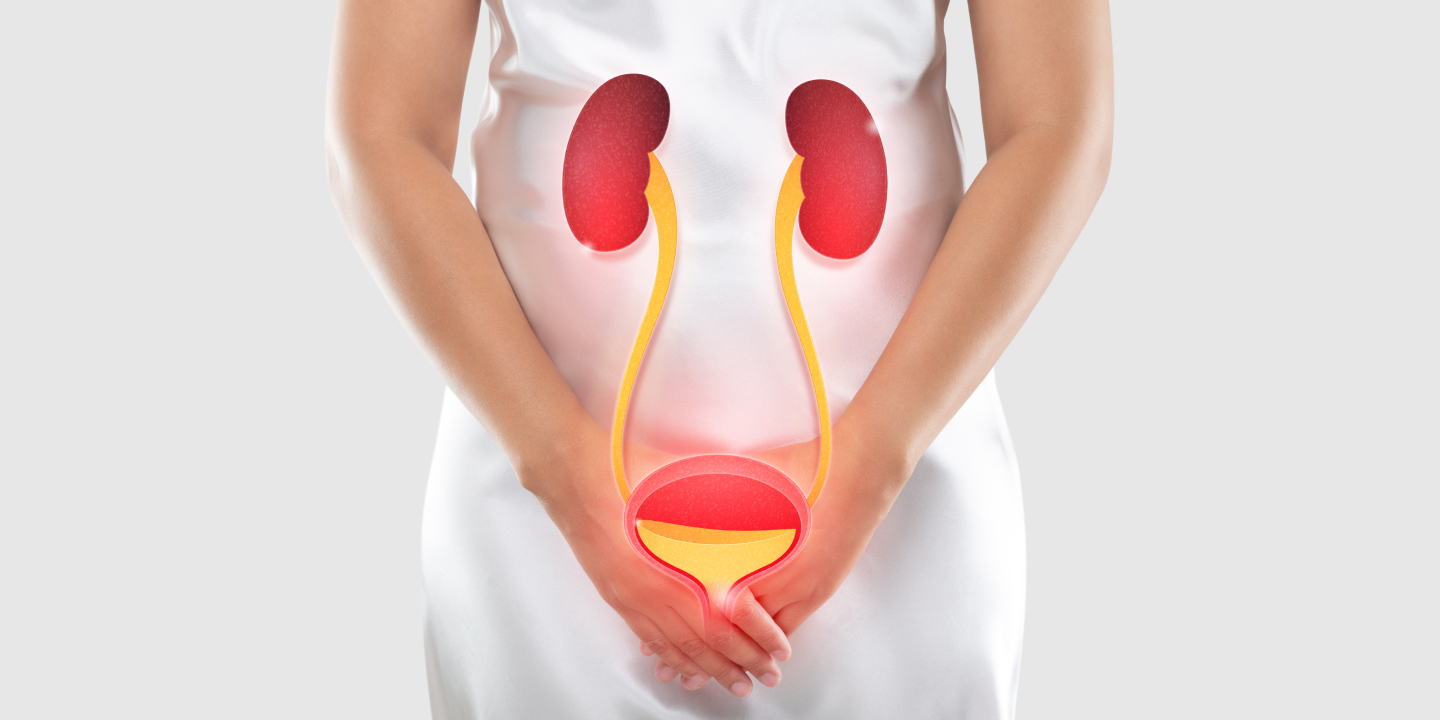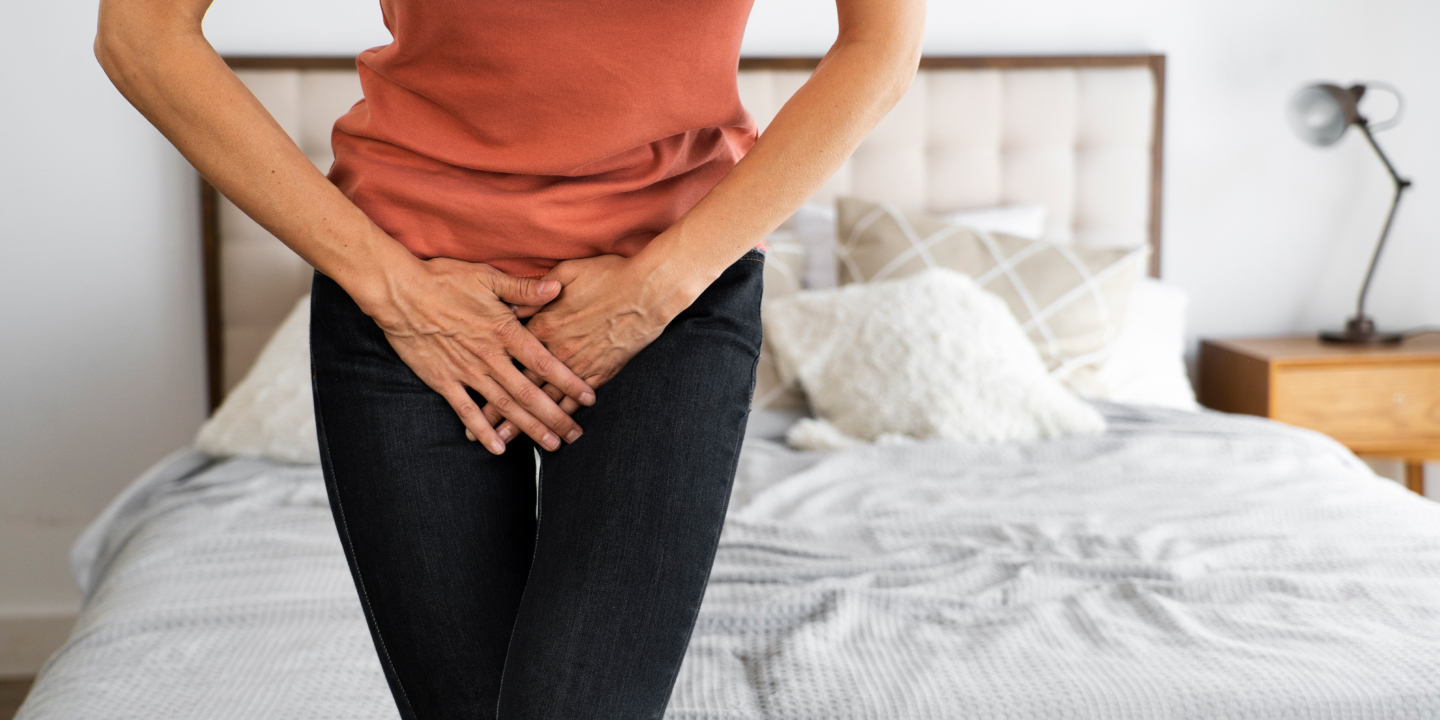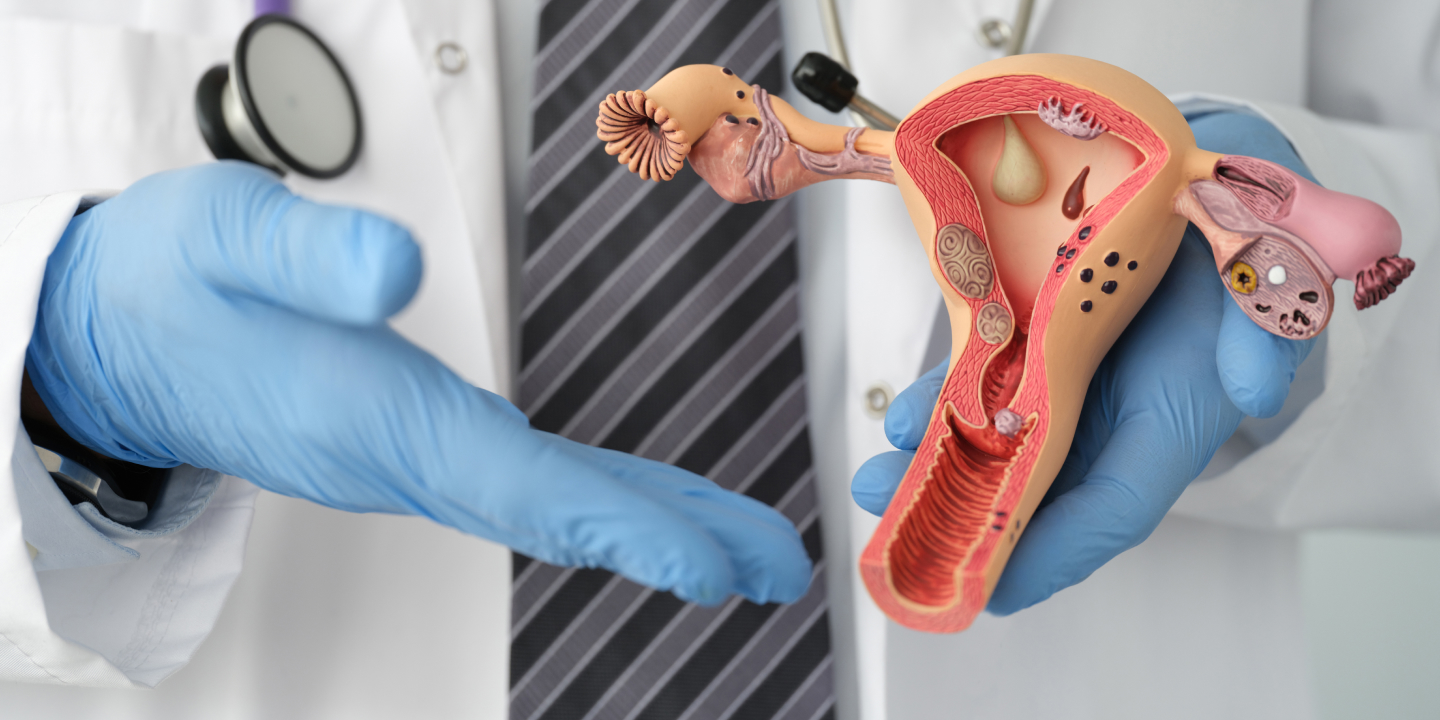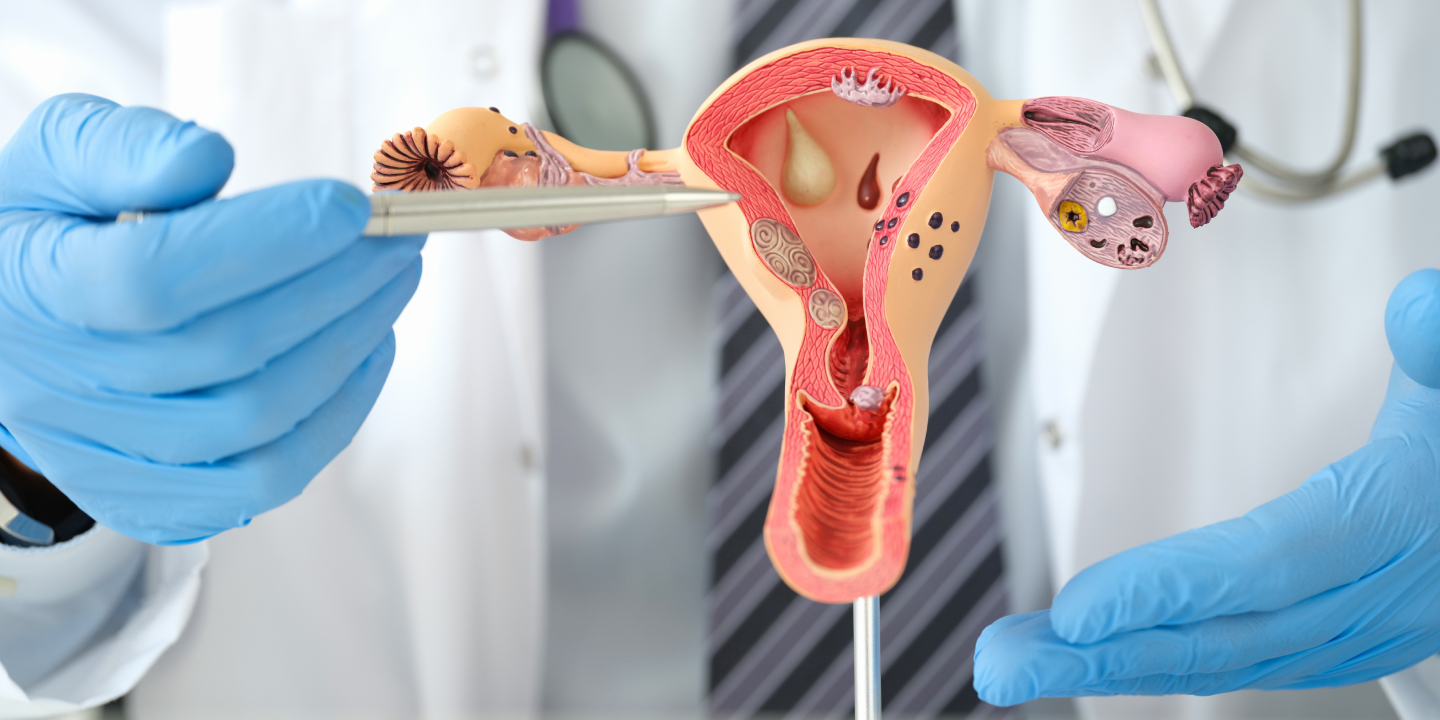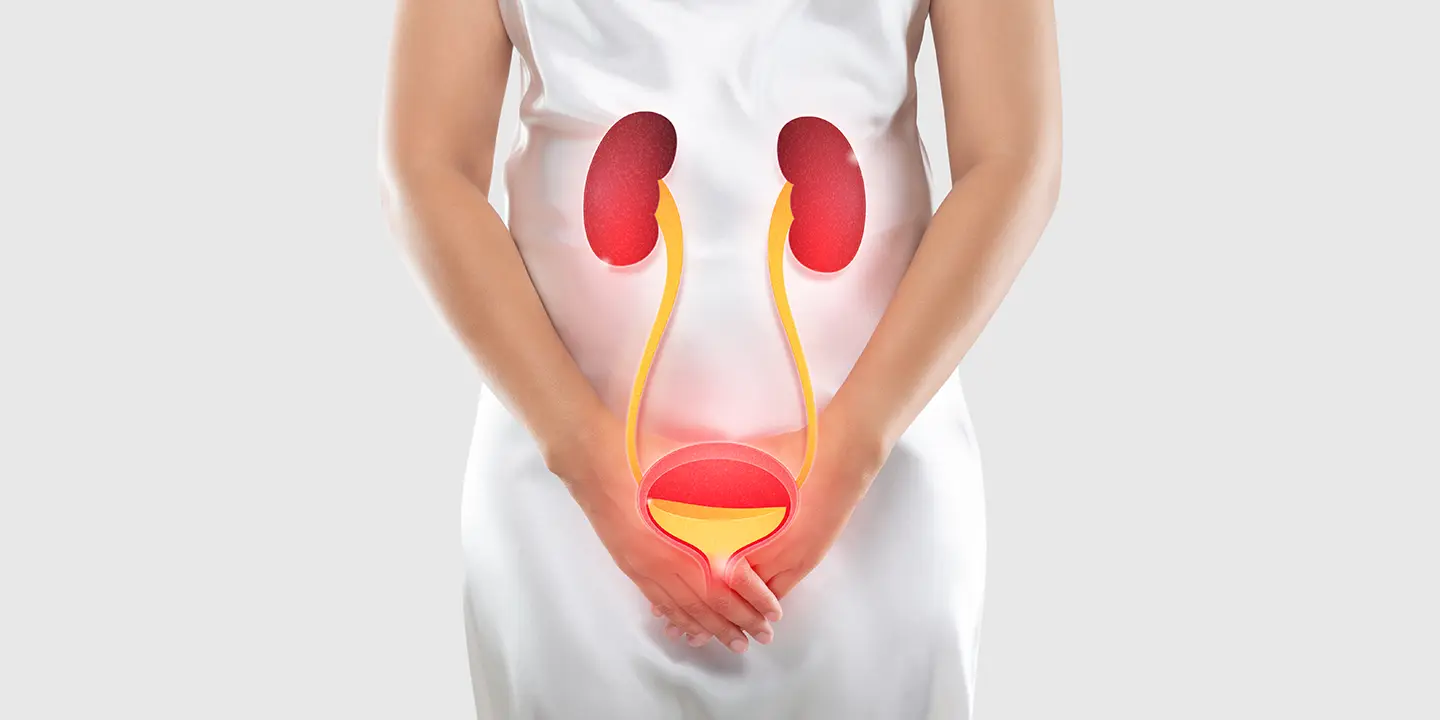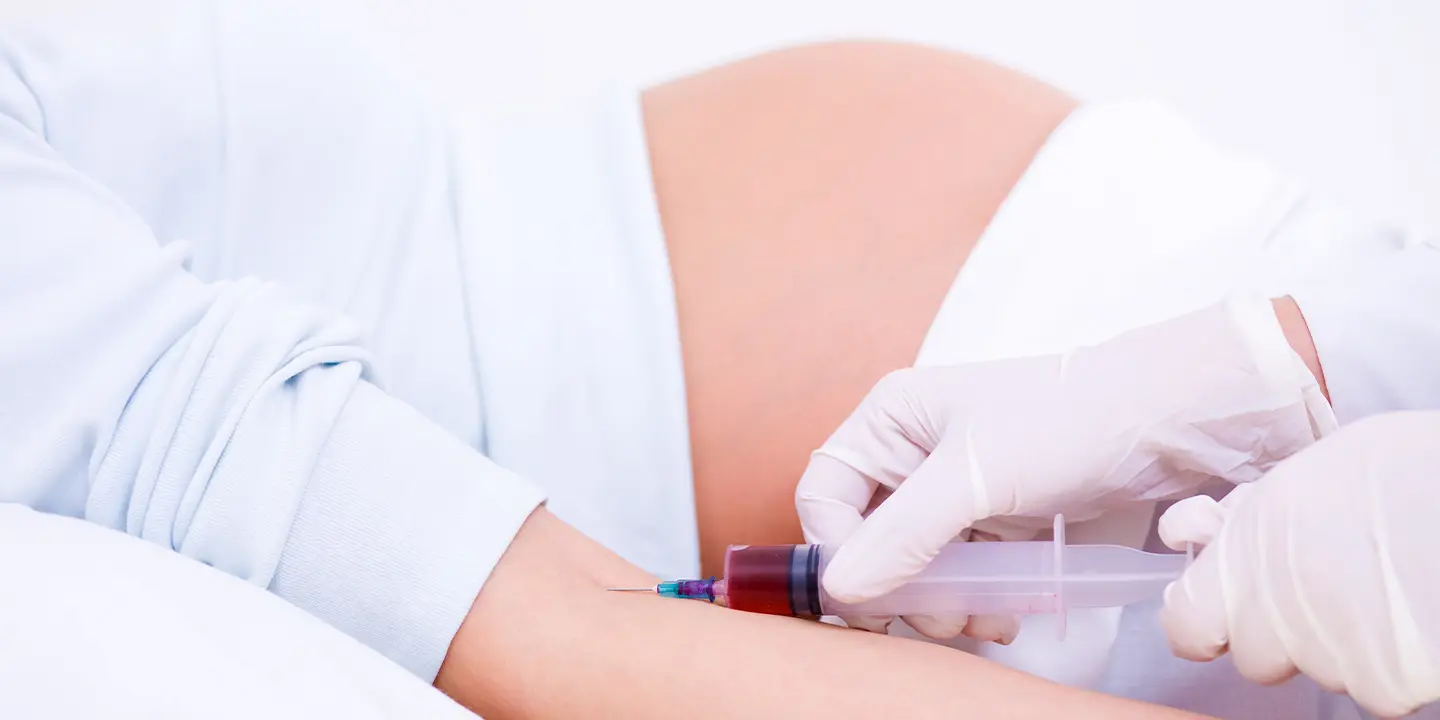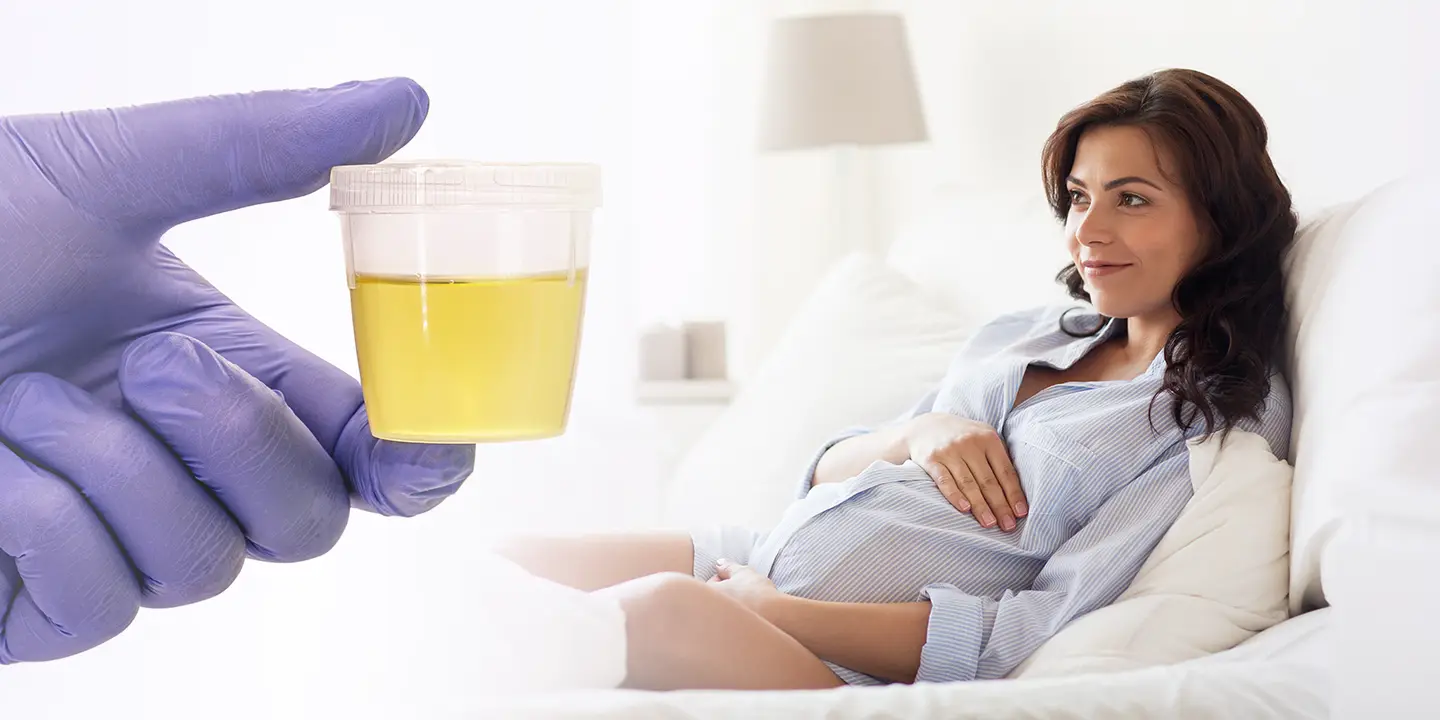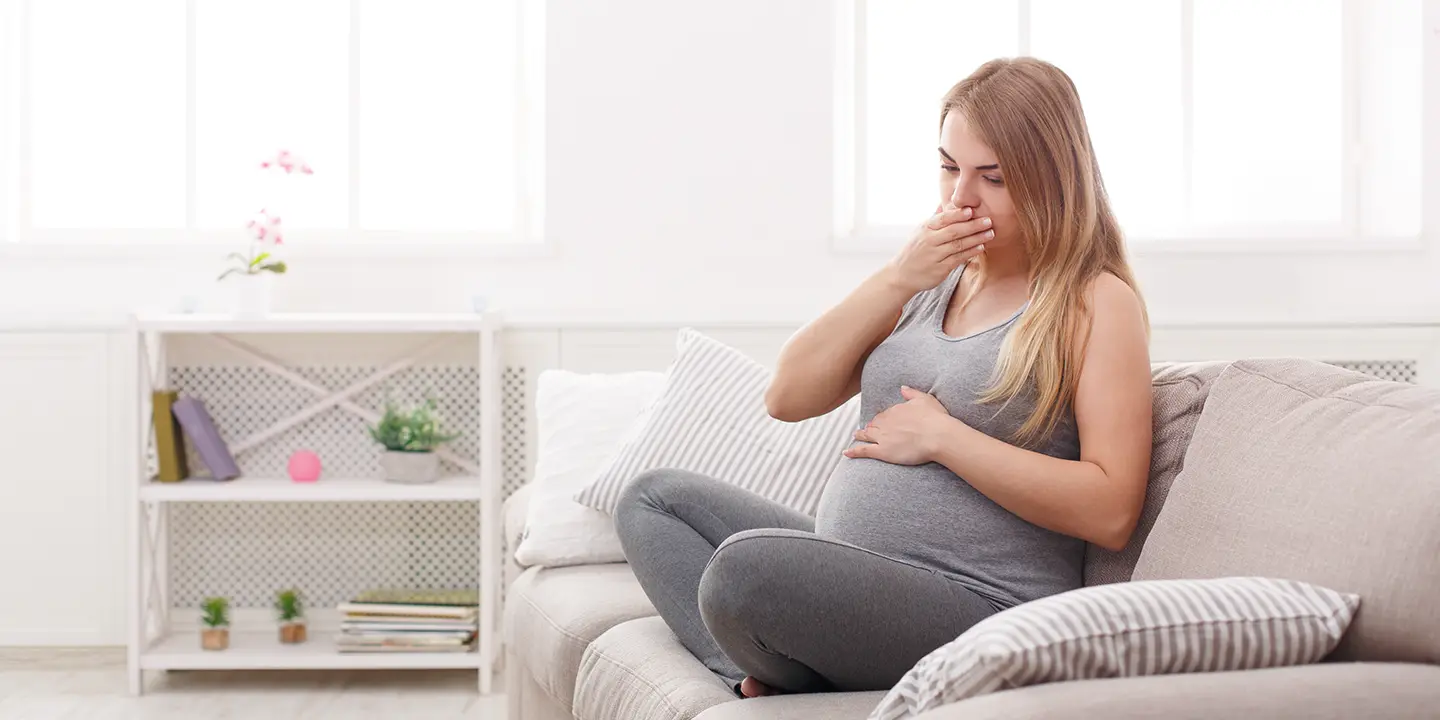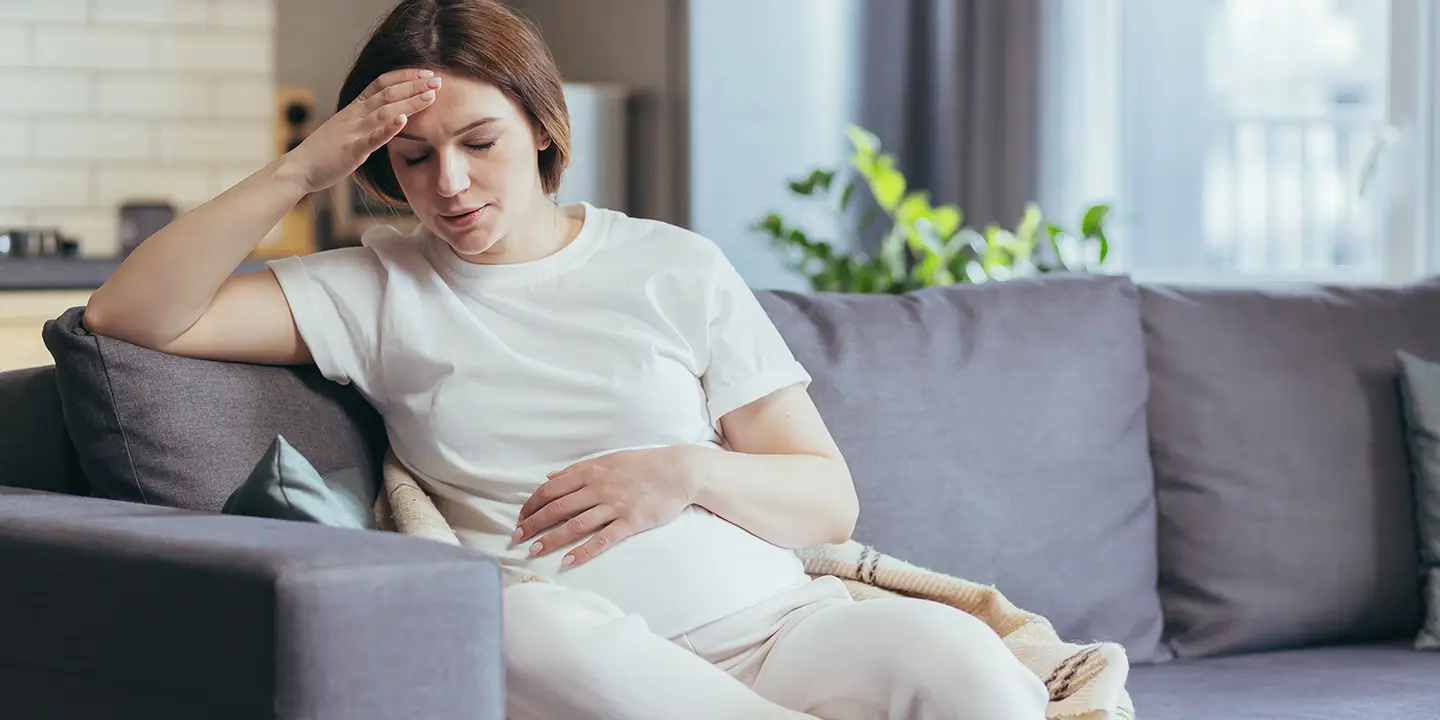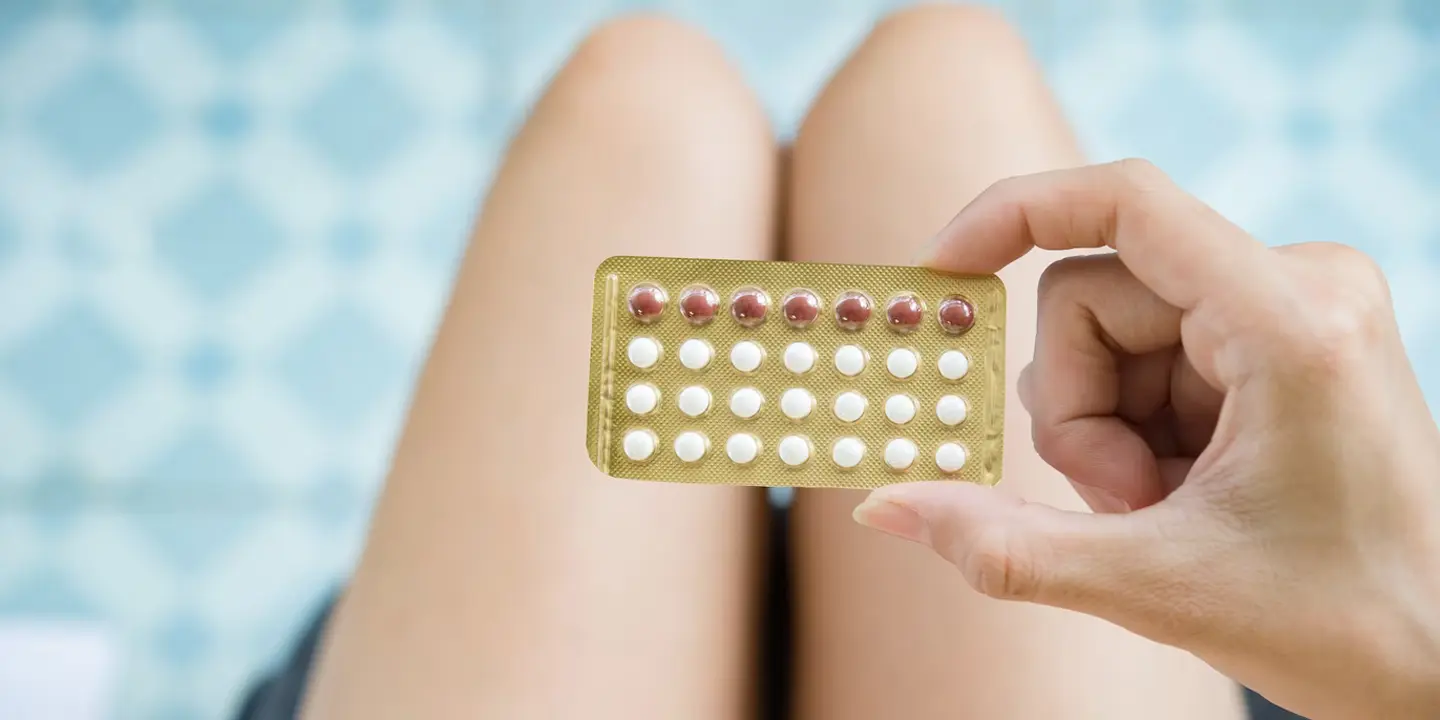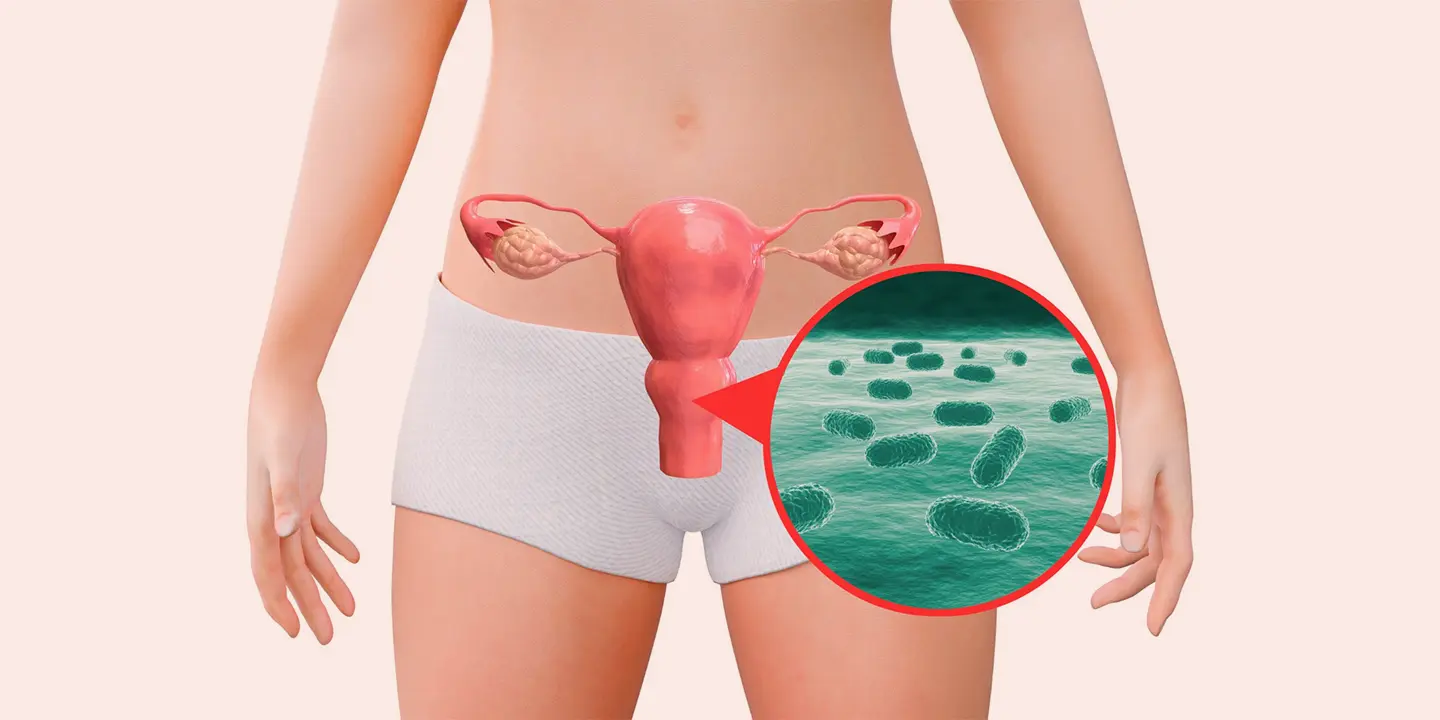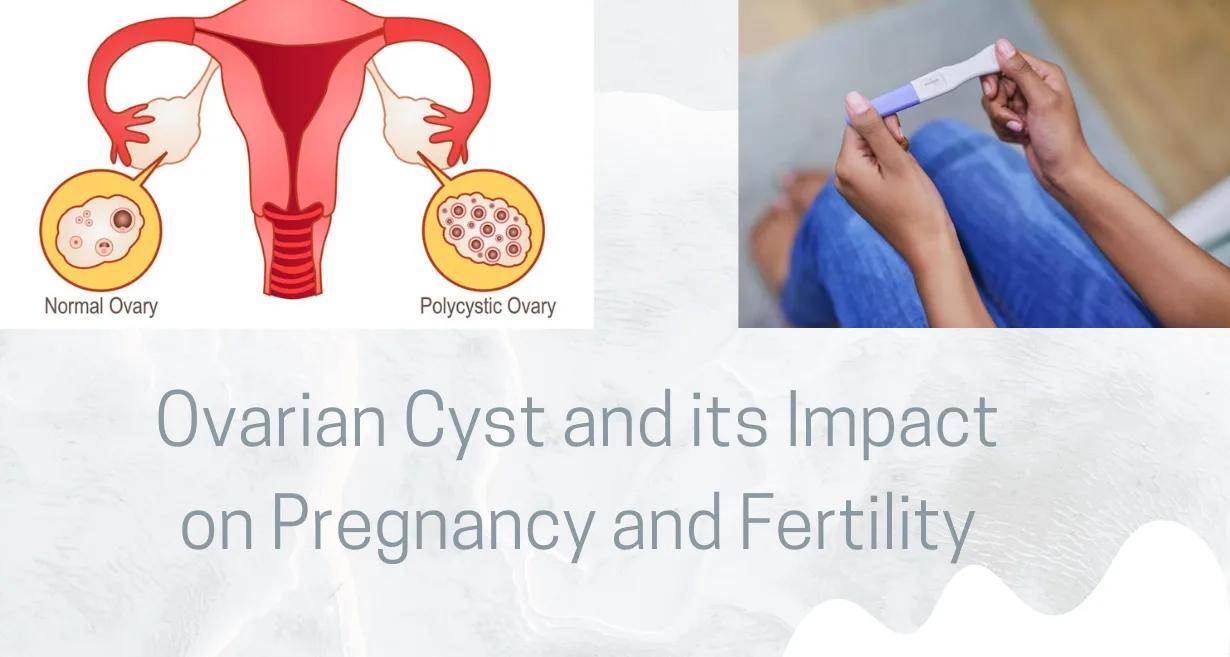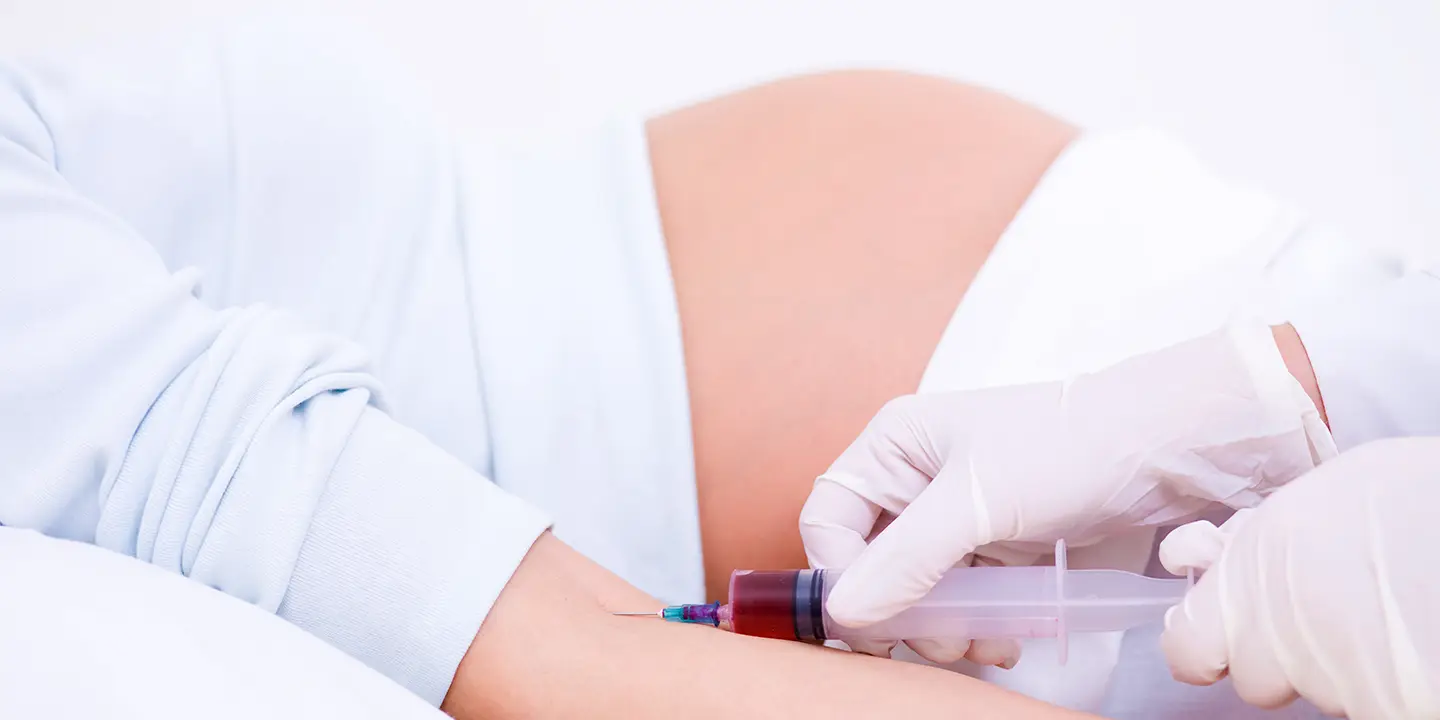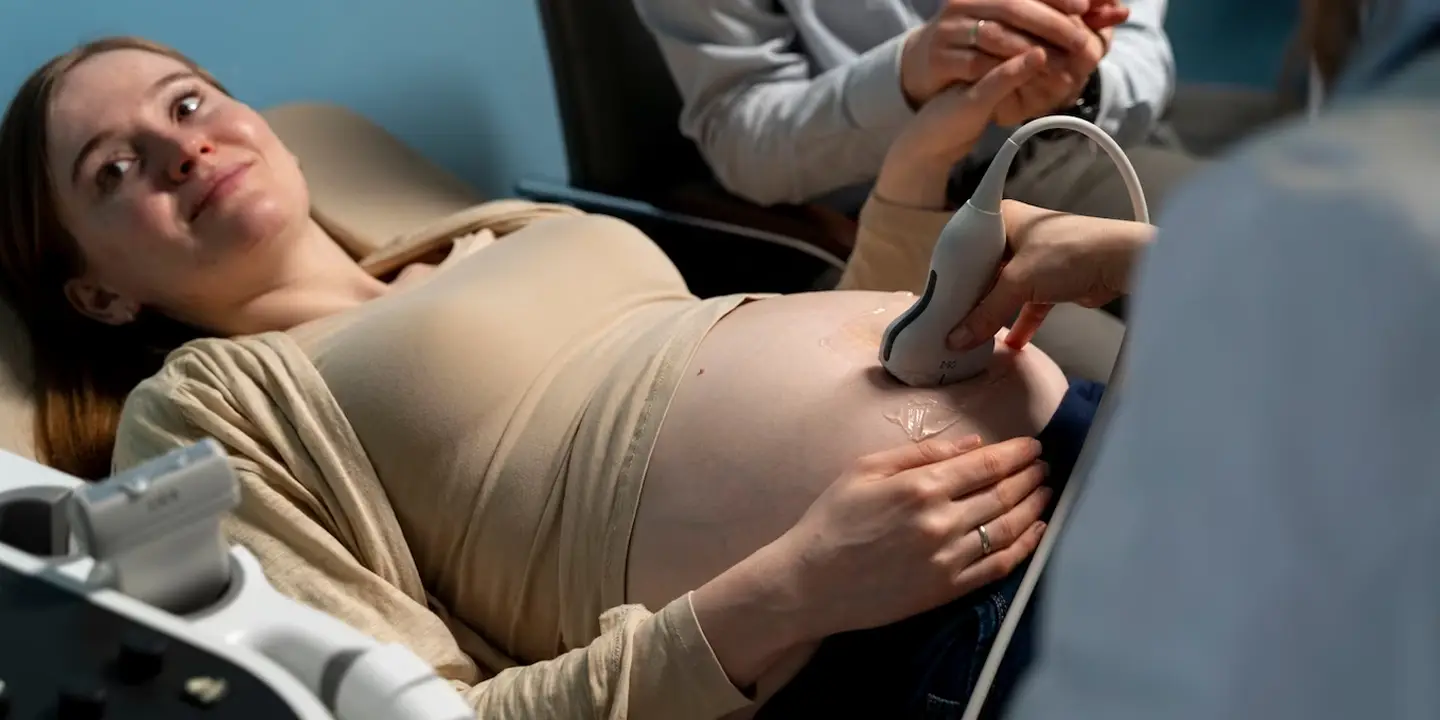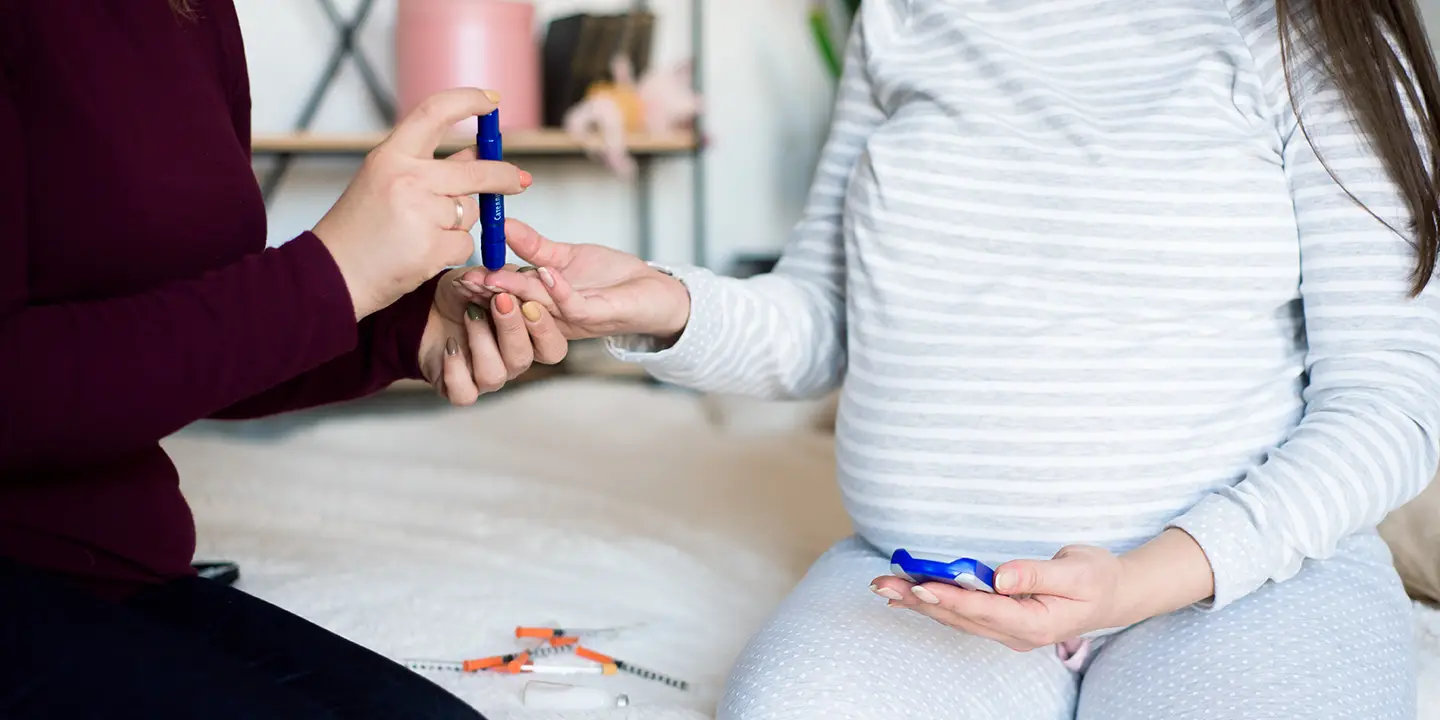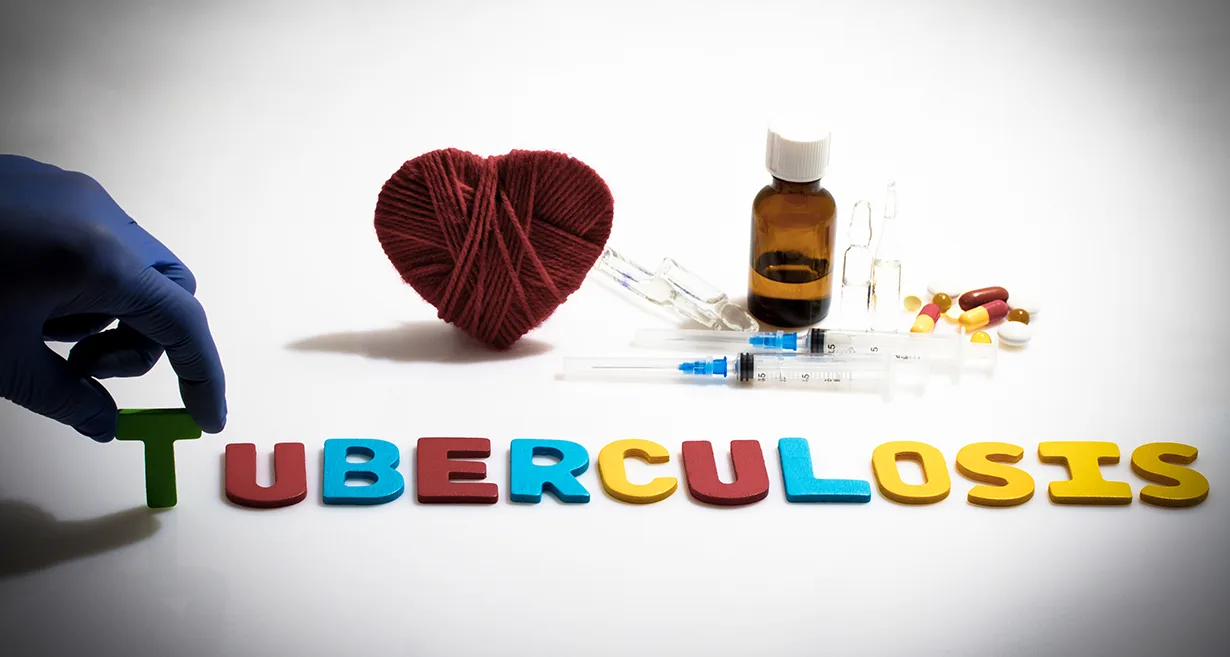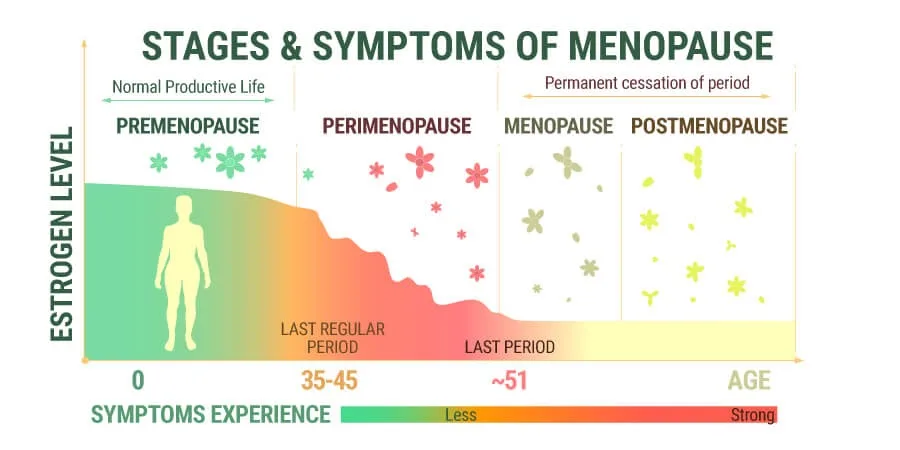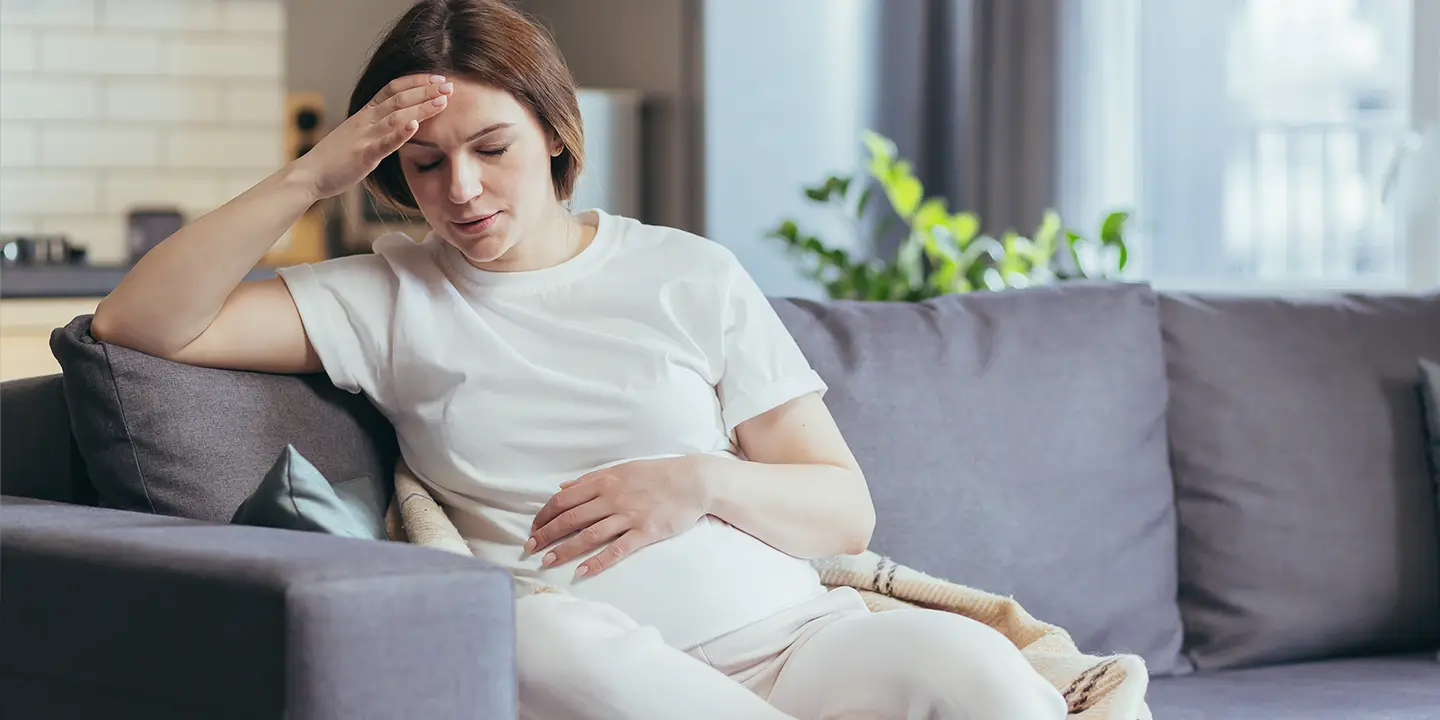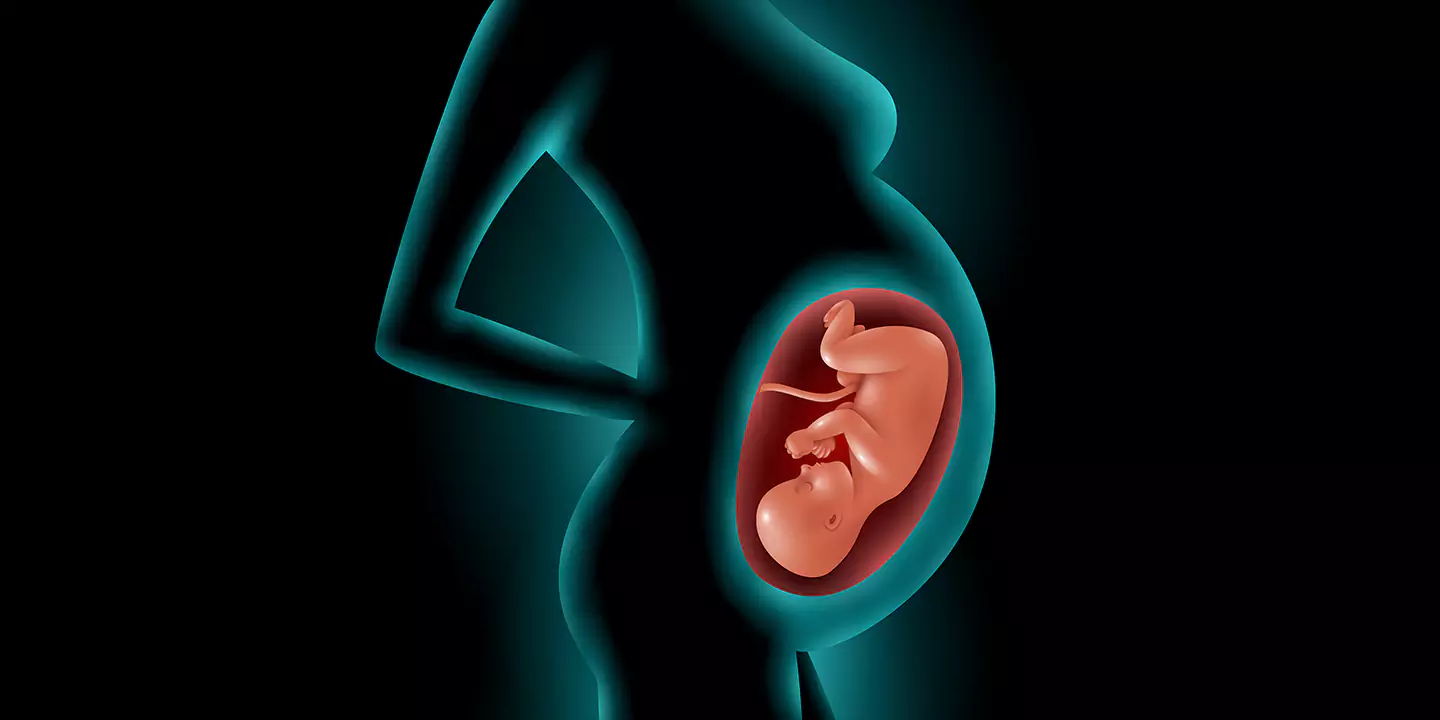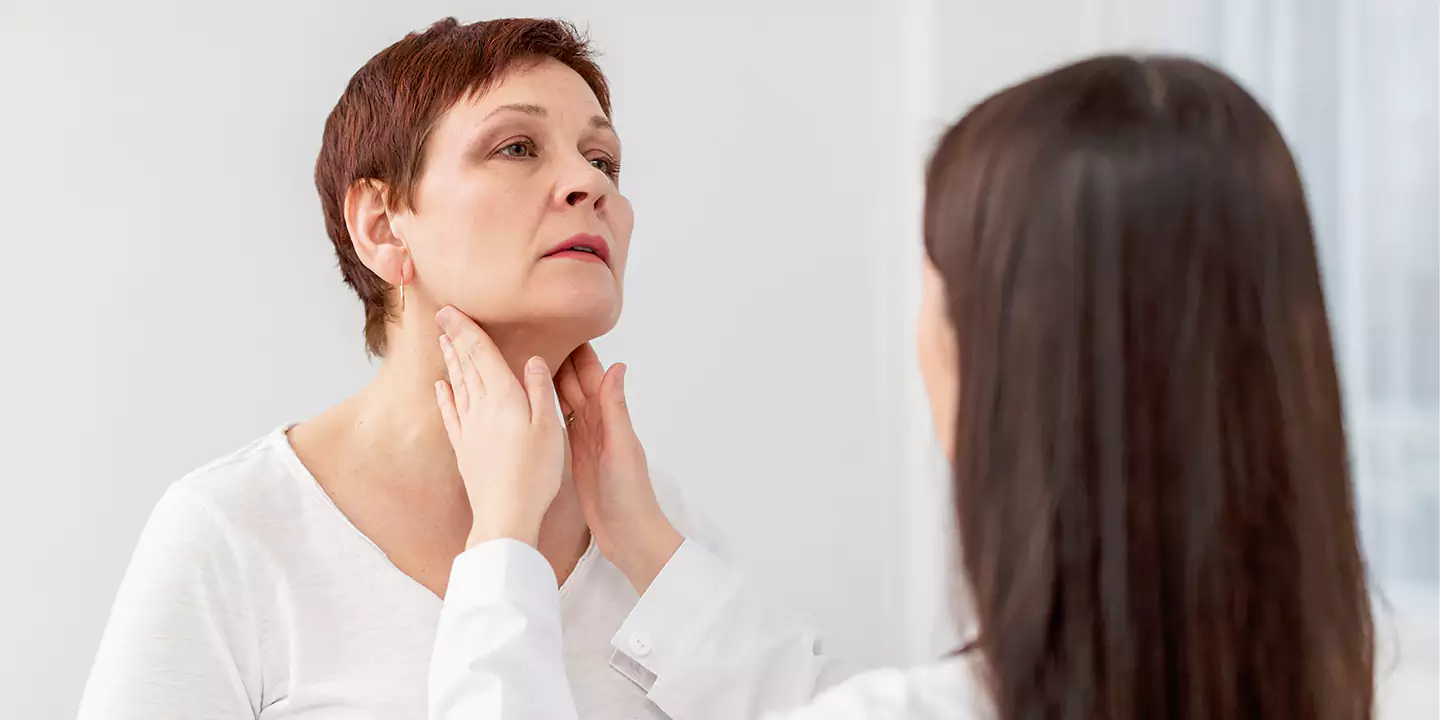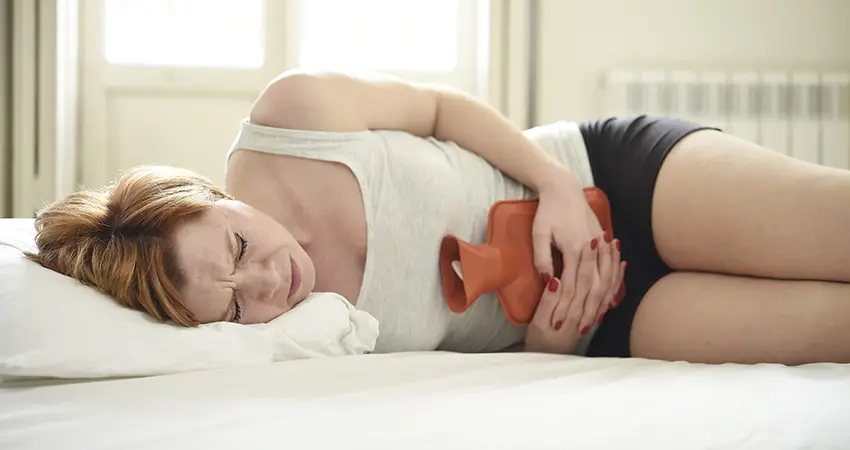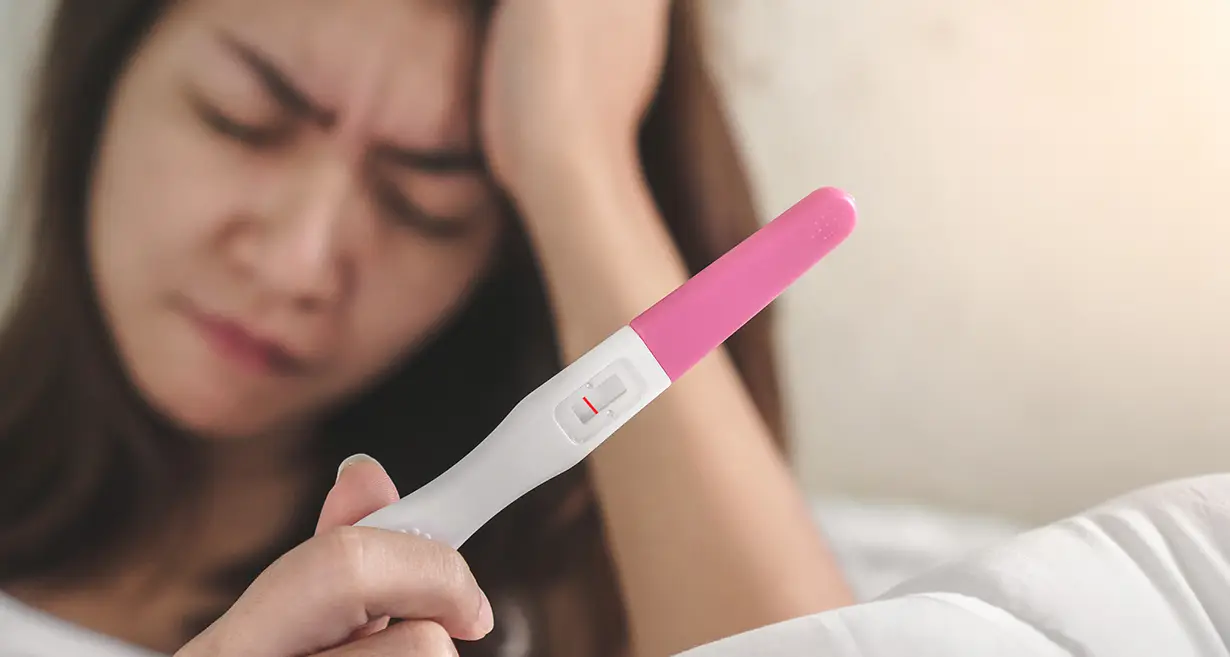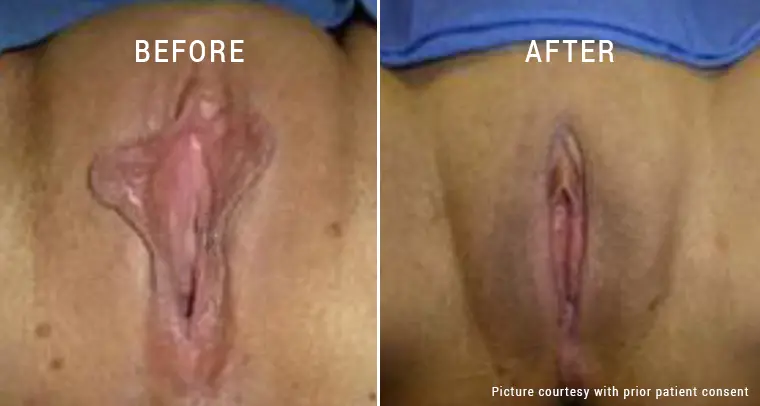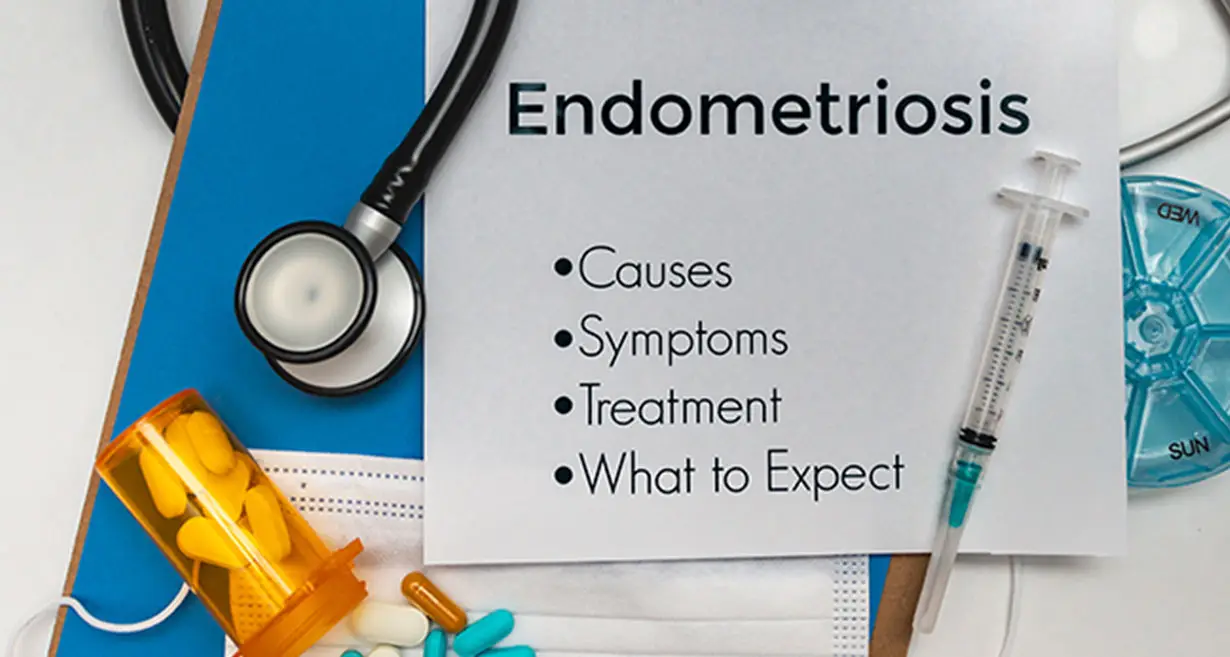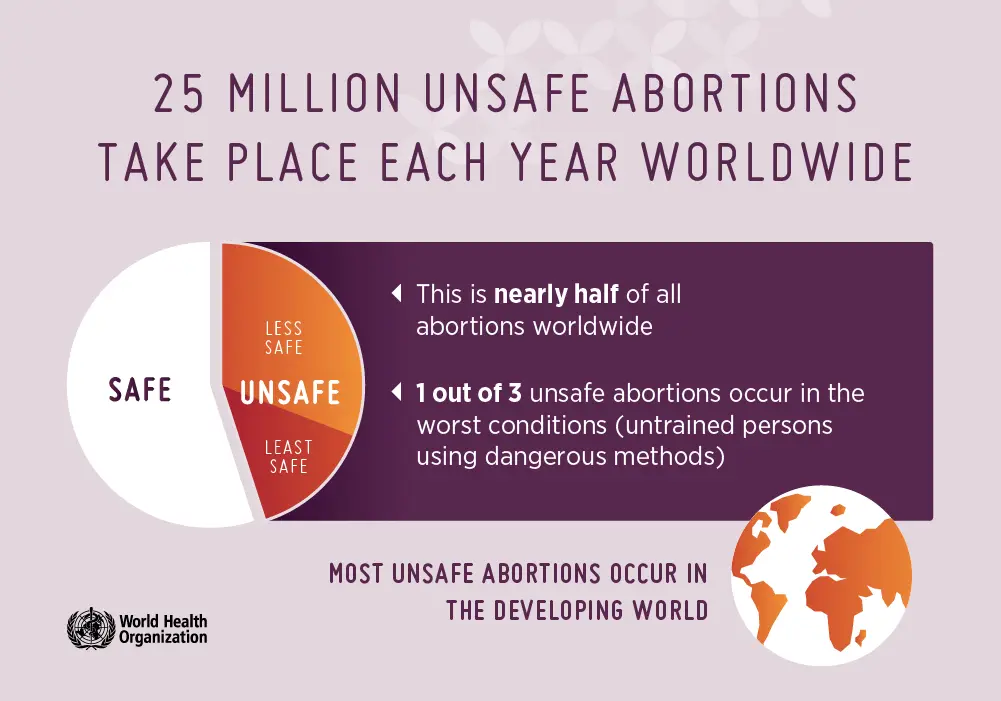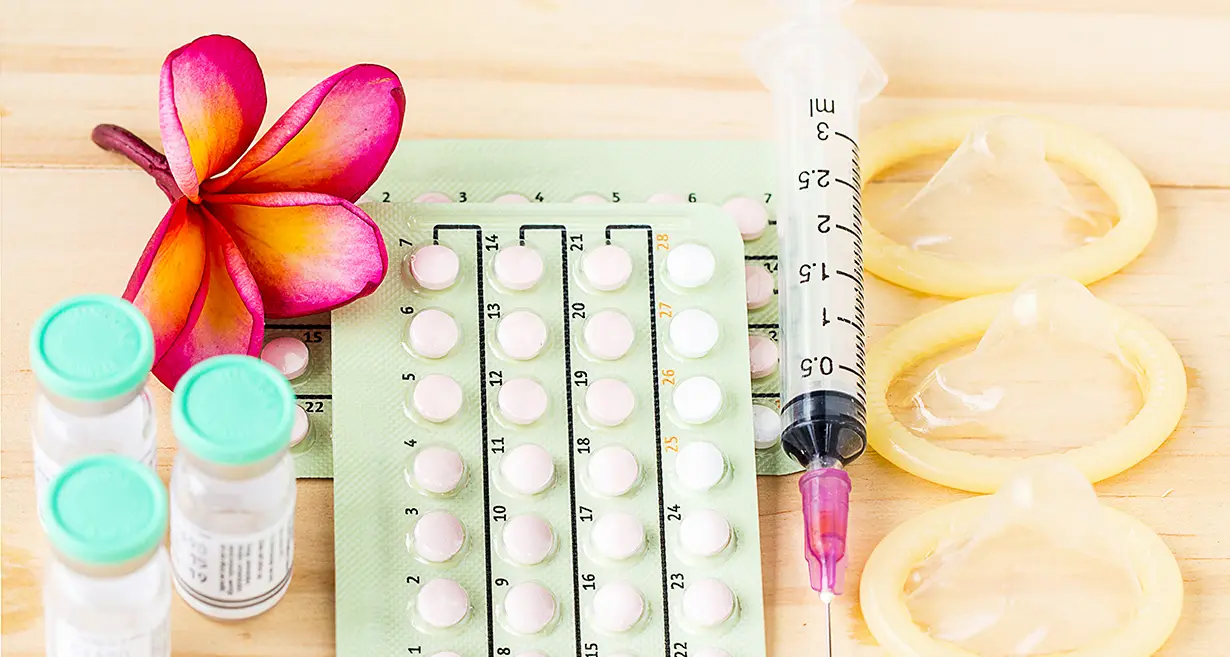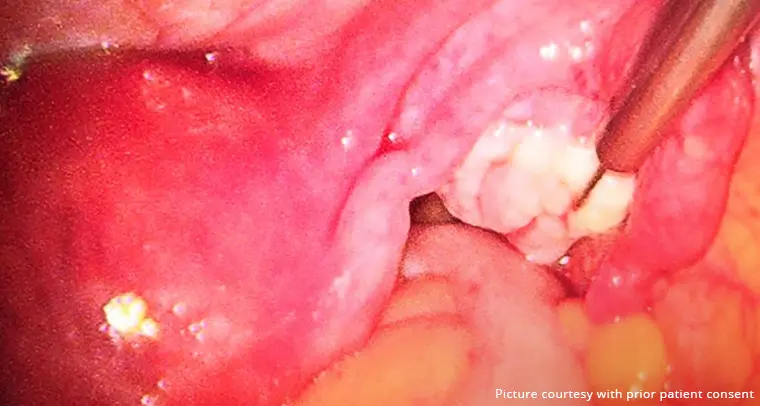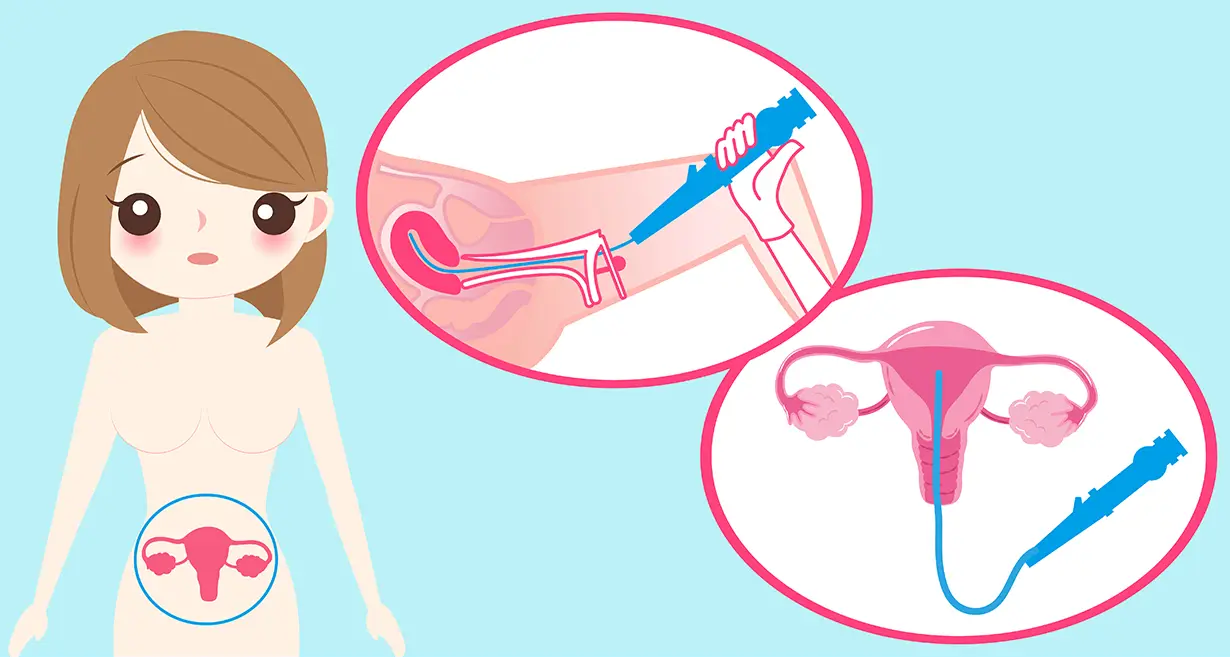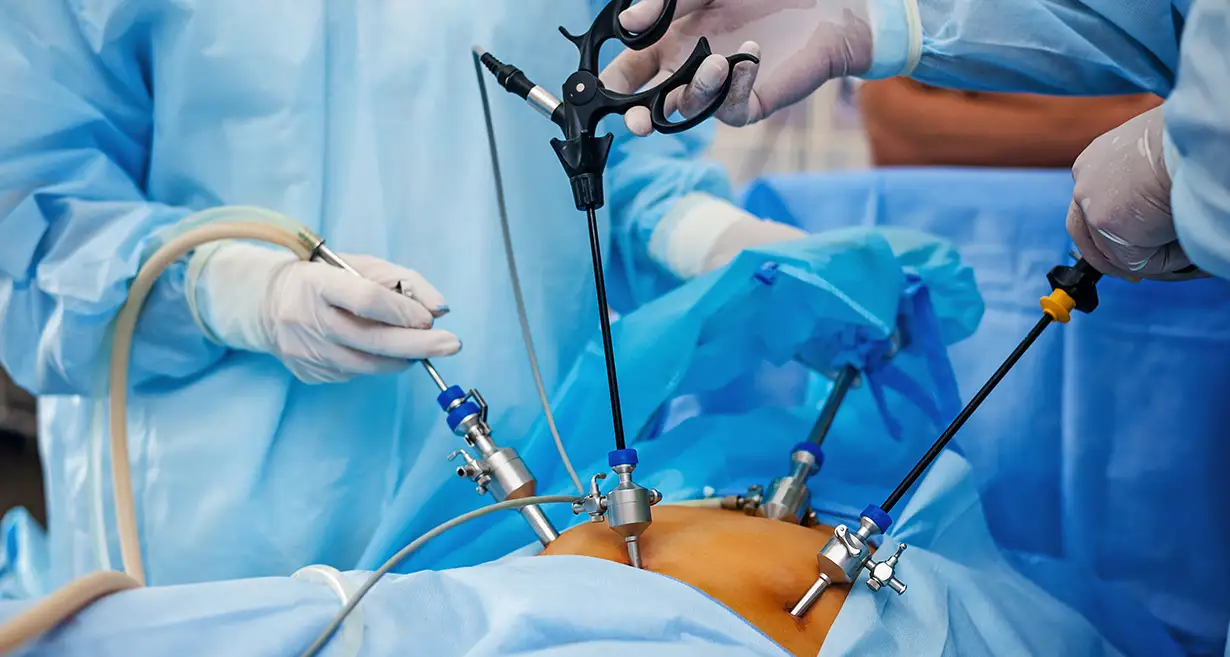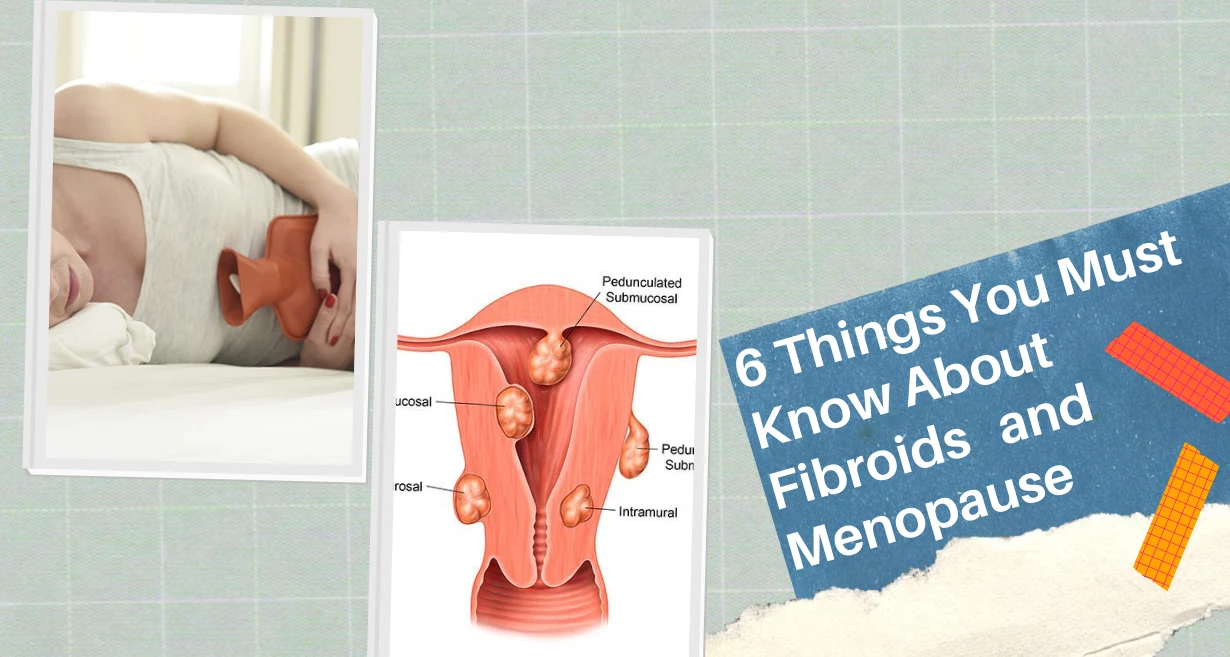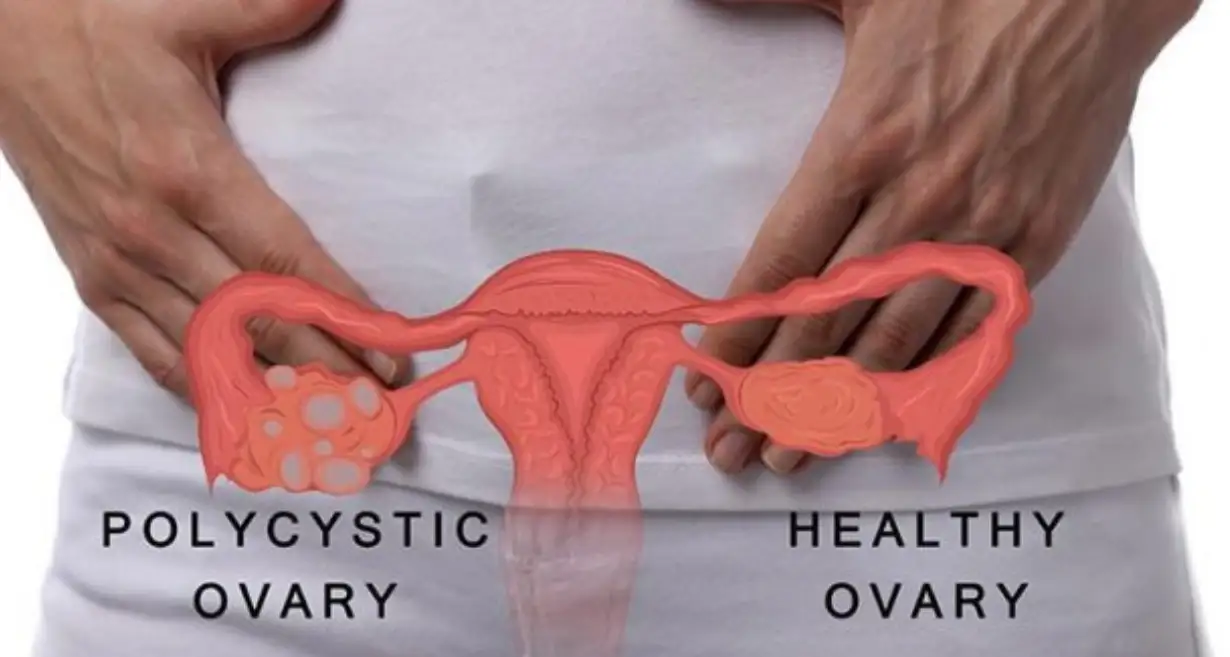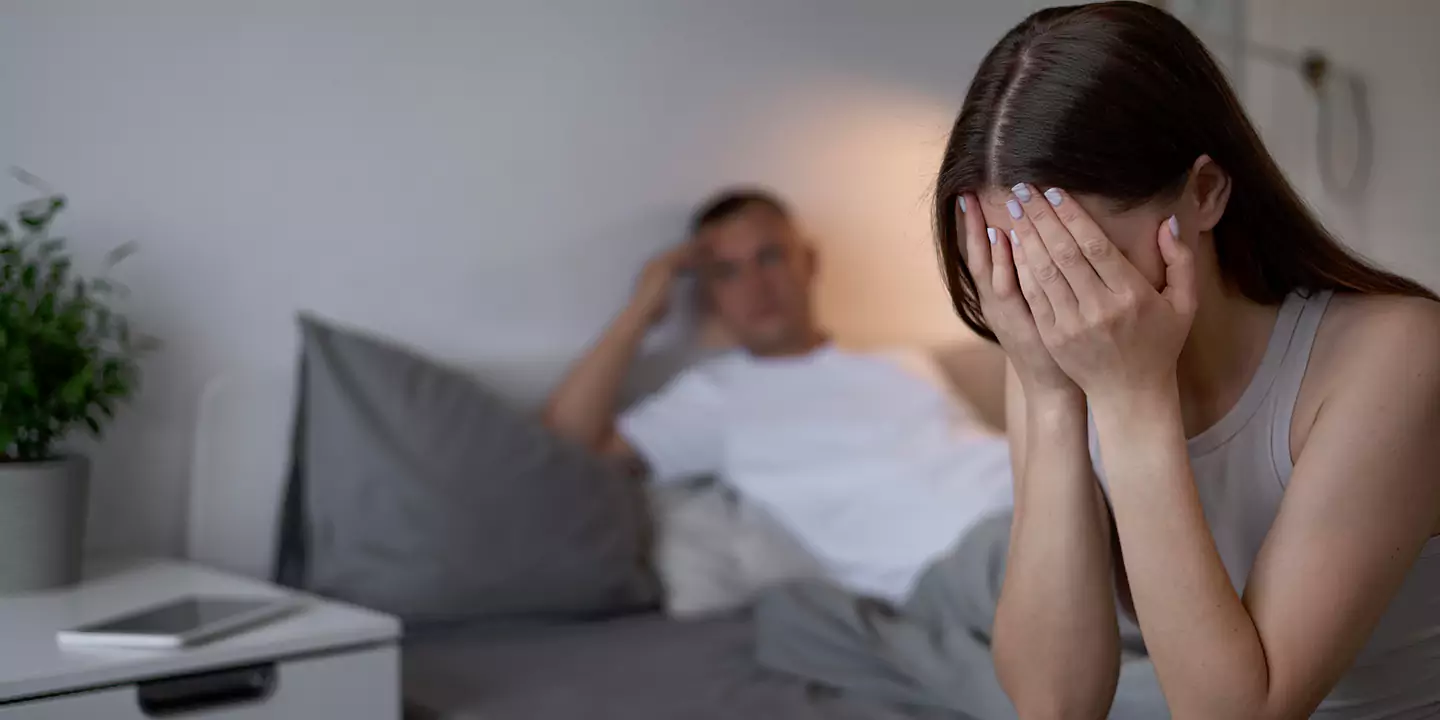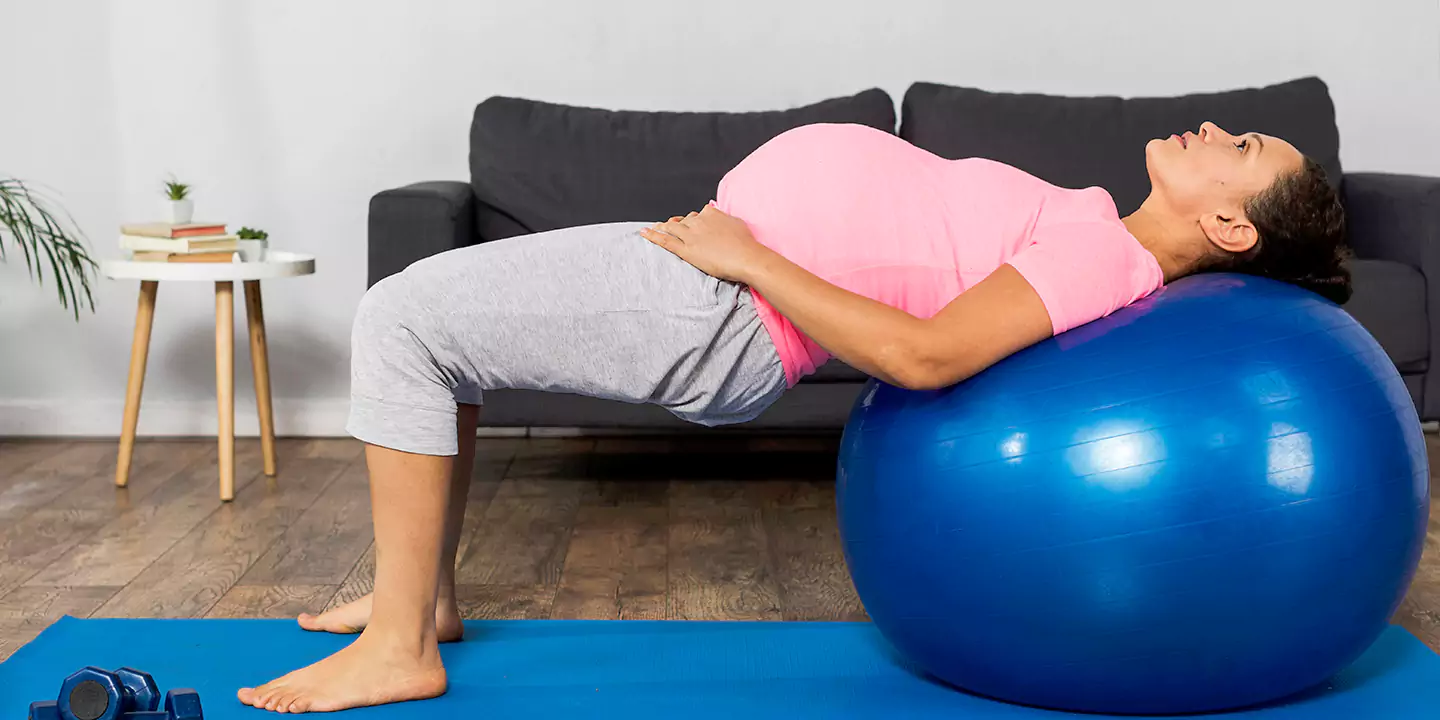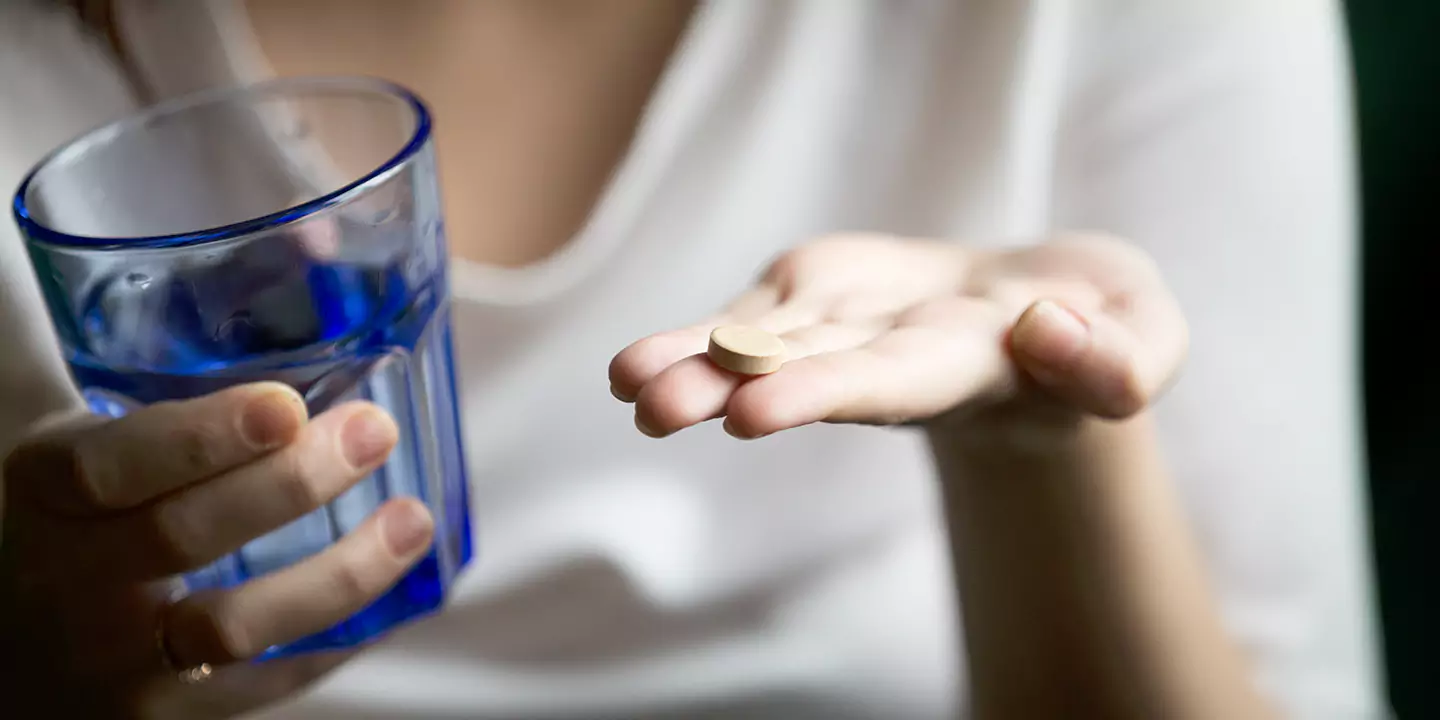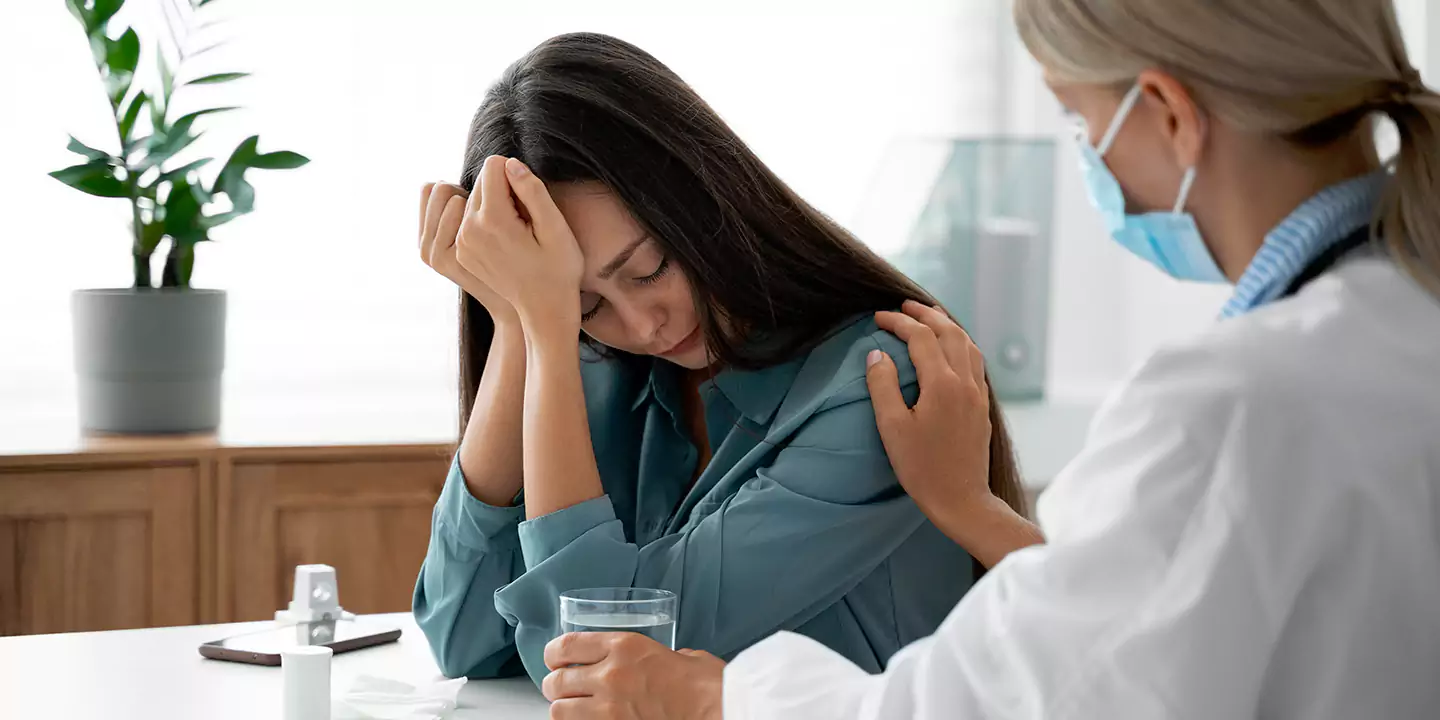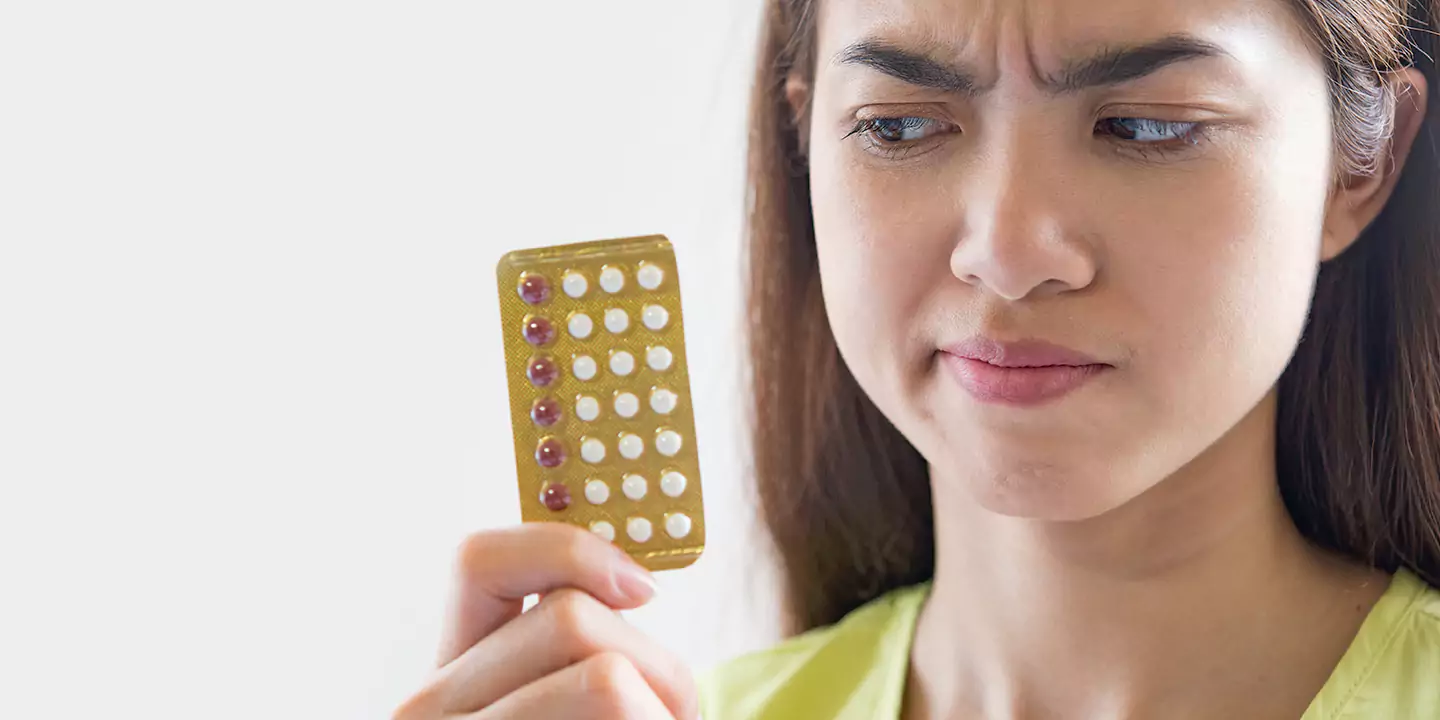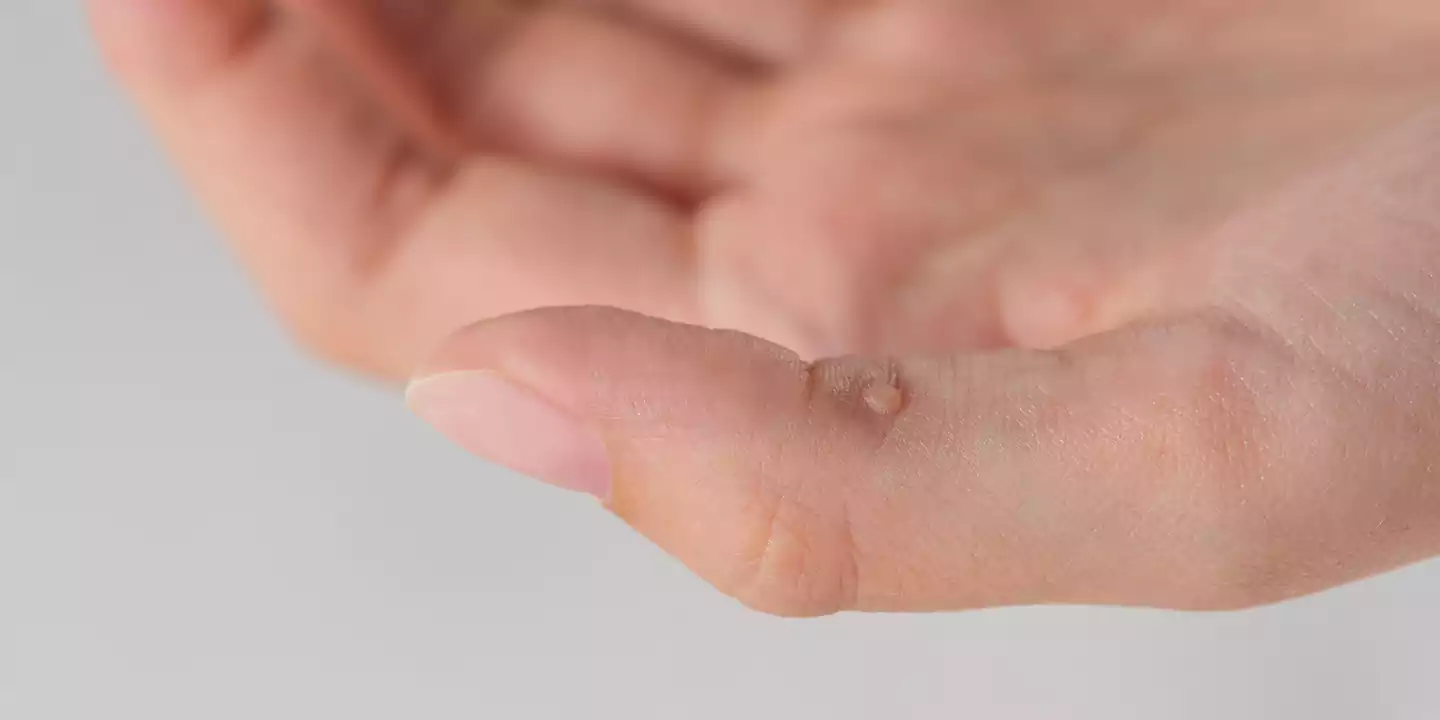
Open and vulnerable discussions surrounding the reproductive anatomy, especially the female reproductive anatomy have become a huge taboo in society. So, it isn’t surprising that most women who experience vaginismus or painful sexual intercourse prefer brushing their symptoms under the rug instead of getting the medical help they need.
Around 5-17% of women globally struggle with this condition. However, the statistics are still unclear because most women don’t even acknowledge what they are experiencing is a treatable condition.
At Queen’s Gynecology, we prioritize open, transparent, and judgment-free discussions surrounding female reproductive health and that includes vaginismus. If you are experiencing pain during sexual intercourse or penetration, treatment is an option and this article will explore more on that same subject.
In this Article
When is the Right Time to See a Doctor for Vaginismus?
Vaginismus is very prevalent in women who are in their late teens or early adulthood. However, it isn’t exclusively so.
Several women who have hit menopause also report experiencing symptoms of painful intercourse or feeling discomfort during every kind of penetration. It is very much a real condition that demands proper treatment.
You need to schedule a doctor’s appointment if:
- You are experiencing recurrent pain during sexual intercourse
- You are experiencing discomfort and a throbbing pain during inserting a tampon or a pelvic examination
- You are experiencing burning pain a few hours after sexual intercourse
These symptoms aren’t something you should be experiencing on a day-to-day basis. Hence, we continually urge our patients to not take these symptoms for granted and instead focus on getting the help they need to overcome the discomfort and pain.
How is Vaginismus Treated?
Before we discuss the available vaginismus treatment options, it is crucial to confirm a diagnosis. At Queen’s Gynecology, we run comprehensive physical examinations to ascertain whether or not the patient is struggling with the vaginismus before proceeding with the treatment.
In most cases, the treatment starts with counseling to better align the emotional senses of the patient and to accept the diagnosis. This is then backed with medications and physical therapy to treat the complication effectively.
Some of the most effective treatment choices include:
- Since vaginismus can happen due to poor vaginal lubrication, we might check your medical history to see the list of medications you are on. Some medications might affect vaginal lubrication, leading to pain and discomfort during penetration. We replace those medications to further help our patients have a healthier and more comfortable sexual life.
- Vaginismus causes involuntary contractions and spasms of the vaginal muscles. Physical therapy and pelvic exercises like kegel exercises are effective in relaxing the pelvic muscles and relieving pain and discomfort.
- Another effective treatment option is using vaginal dilators. These are devices that physically stretch the vaginal structure to enable the patient to experience less resistance and pain during sexual intercourse.
- Given the fact that vaginismus also leads to anxiety and fear penetration, counseling, cognitive behavioral therapy, and breathing exercises are also an active part of the treatment.
Besides these, botox injections are also an effective type of treatment for treating vaginismus in patients experiencing excruciating and recurrent pain during any kind of penetration. More on that is discussed below.
Vaginismus and Botox – Everything you Need to Know
When we think of botox, we think of it as a treatment for aesthetic purposes or to stop the signs of aging. That isn’t always the case though.
The use of botox is effective in treating vaginismus and restoring a healthy and comfortable sexual life for patients struggling to have a satisfactory sexual experience.
What is Botox and How does it Treat Vaginismus?
Botox is a neuromodulator, which helps in relaxing the muscles it is injected into. This means that when its injected into the vaginal muscles, it relaxes the muscles, thereby reducing the pain and discomfort that most women experience during any form of penetration.
The use of botox runs deeper than its cosmetic needs. In patients with vaginismus, botox is injected into the bulbospongiosus muscle, which arrests the involuntary muscular contraction that leads to pain and discomfort in the patients.
What is the Procedure for Botox Injections for Treating Vaginismus?
The administration of botox treatment for vaginismus is no different than cosmetic botox. On average, around 200 units of botox are injected per session into the vaginal muscles.
If you are worried about the pain or discomfort, don’t be because the procedure is done under general or local anesthesia. At Queen’s Gynecology, you will get a complete rundown of the steps involved in the procedure to ensure that the patient has a clear understanding of what’s going to happen.
Once injected, recovering from the procedure should take somewhere between 4-5 days. The effects of the botox injection can take up to a week to show results, so patience is key during this period.
How many Sessions are needed?
The first session of botox injection after vaginismus will remain effective for the next 3-5 months after administration.
In most cases, women don’t need any further botox injection after the first one because the vaginal muscles retrain themselves and don’t cause involuntary contractions following experiencing a series of painless sexual intercourse.
However, some patients might start feeling pain again once the effects of the botox wear off. In that case, we recommend a follow-up visit at our clinic, following which the next steps in the treatment are discussed.
The good news is that the success rate of botox injection is 90-97% for treating vaginismus. Also, the side effects of this procedure are harmless.
How much does Botox cost for treating Vaginismus?
The botox injection price varies and generally ranges between INR 30,000 to INR 50,000 for treating vaginismus.
Note: More details about the use of Botox in treating Vaginismus are explained in this video here.
Conclusion
If you are struggling with the Vaginismus symptoms, be assured that you don’t have to suffer in silence any longer. Medicine has evolved and so have the treatment options. At Queen’s Gynecology, we prioritize providing our patients with a non-judgemental space to be vulnerable about their concerns.
Our clinic is led by a team of experienced and empathetic specialists and staff and we are here to guide you through your treatment. For more details about vaginismus and to schedule a consultation, visit https://queensgynecology.in/contact-us.
FAQs
Vaginismus is a treatable condition. With the right emotional and physical therapy and treatment, vaginismus can be 100% cured, enabling a patient to lead a comfortable and satisfactory sexual life.
The prevalence of “recorded” vaginismus is in 5-17% of the world’s global female population. However, there are a lot more women who don’t discuss the condition openly due to embarrassment.
Vaginismus is marked by the involuntary tightening of the vaginal muscles. If you are experiencing pain and discomfort from any kind of penetration (paired with anxiety and fear), it could be a sign that you have vaginismus. Further evaluation and tests are necessary for a confirmed diagnosis.


